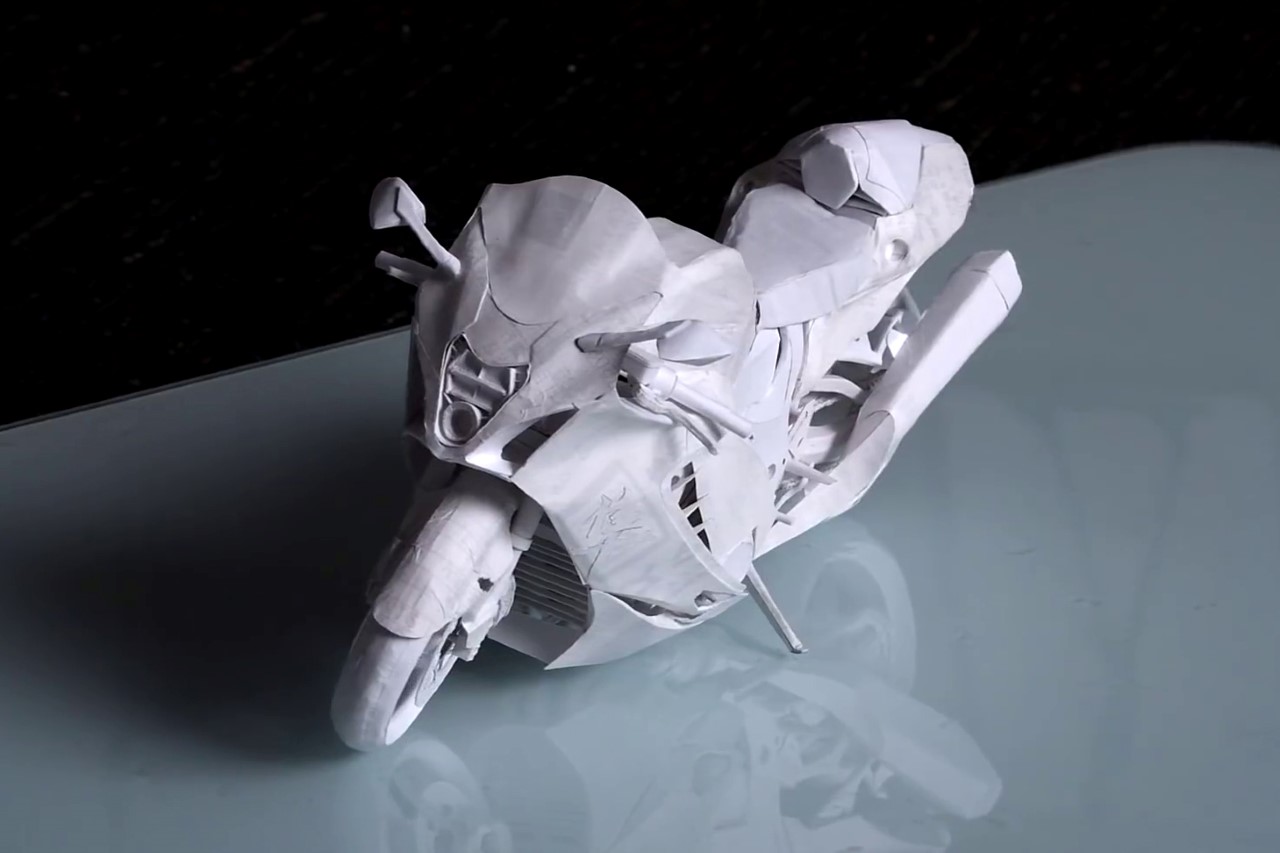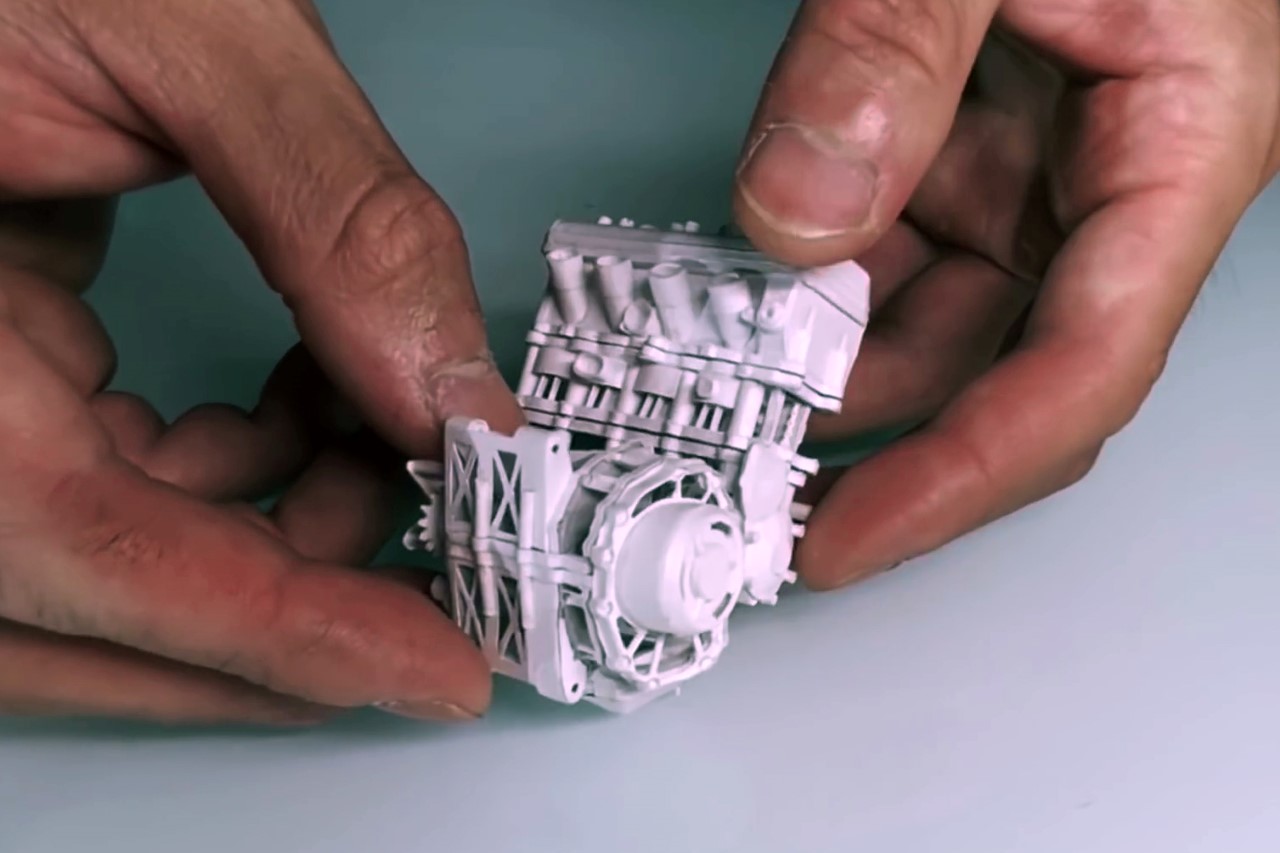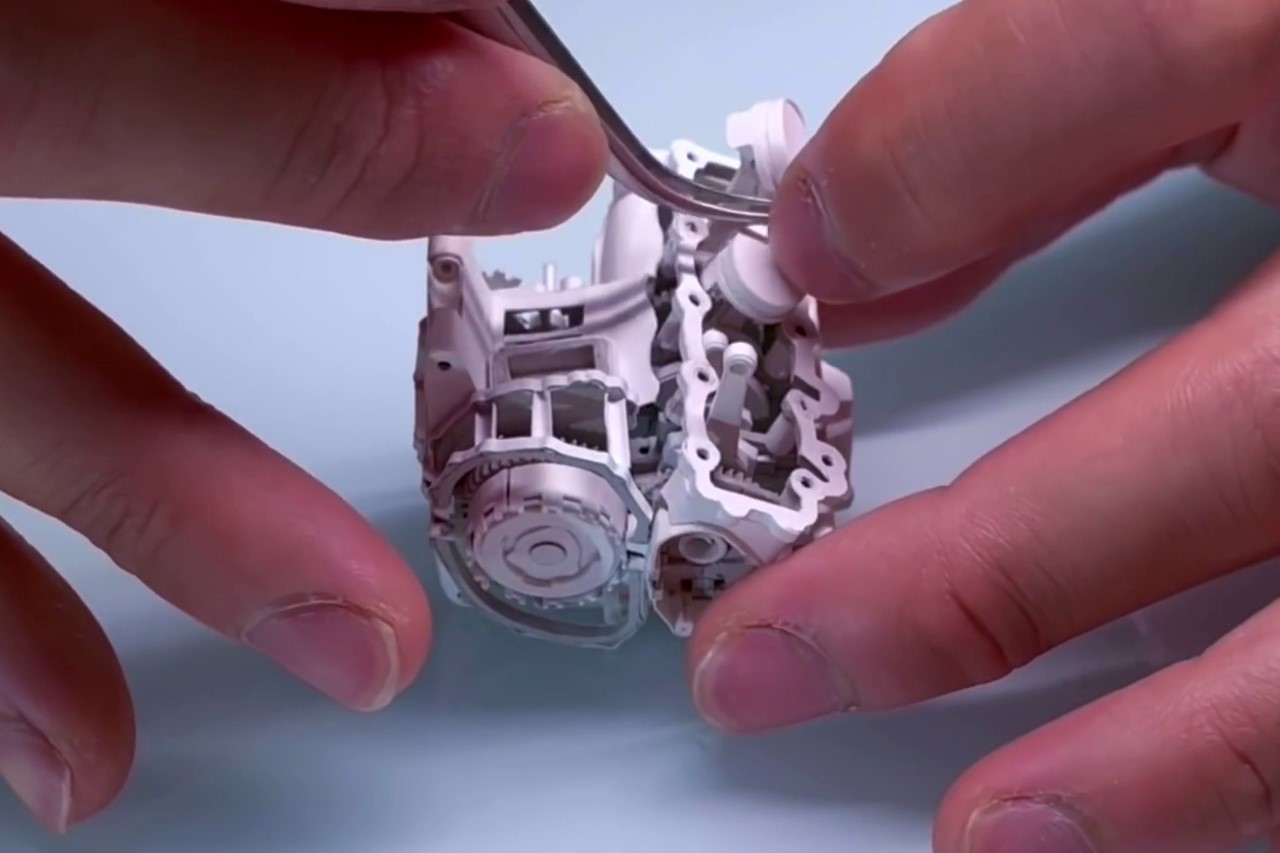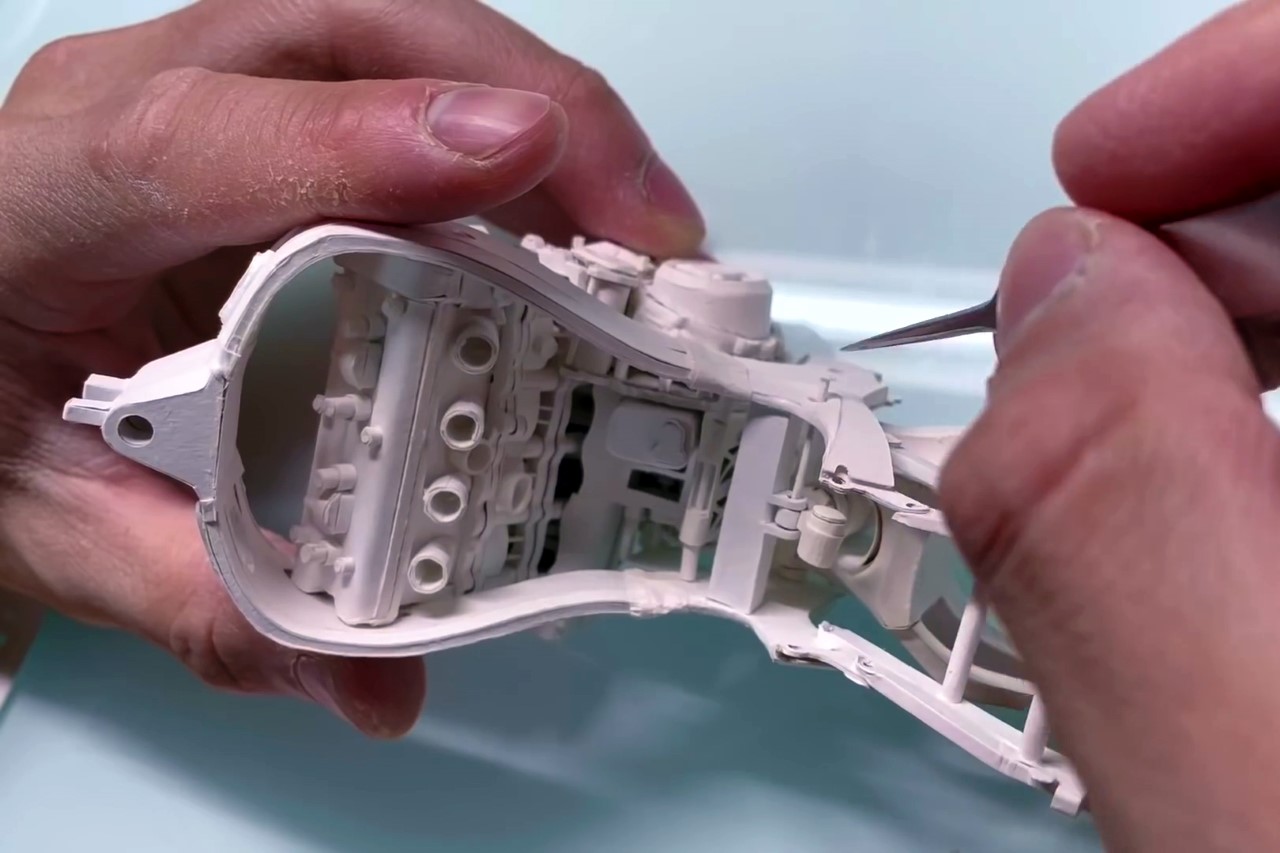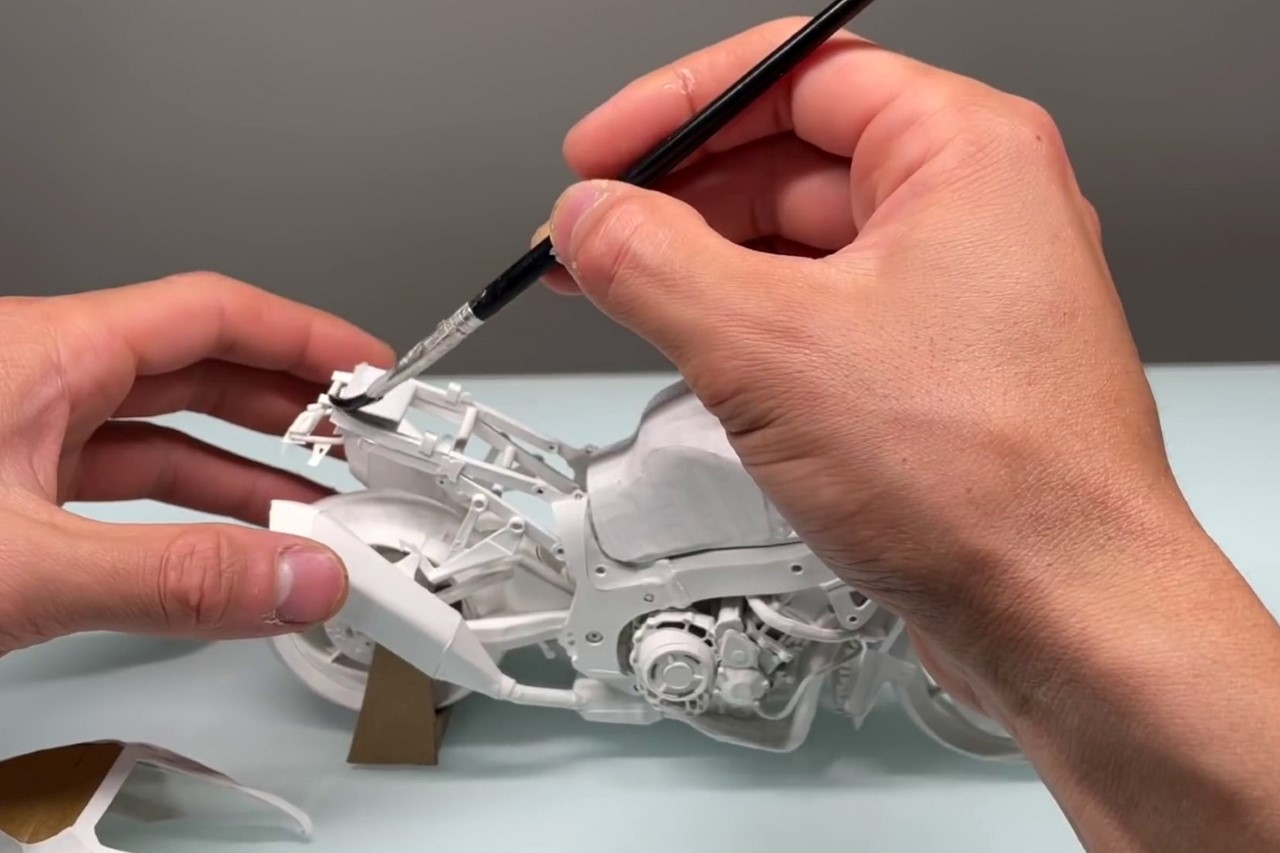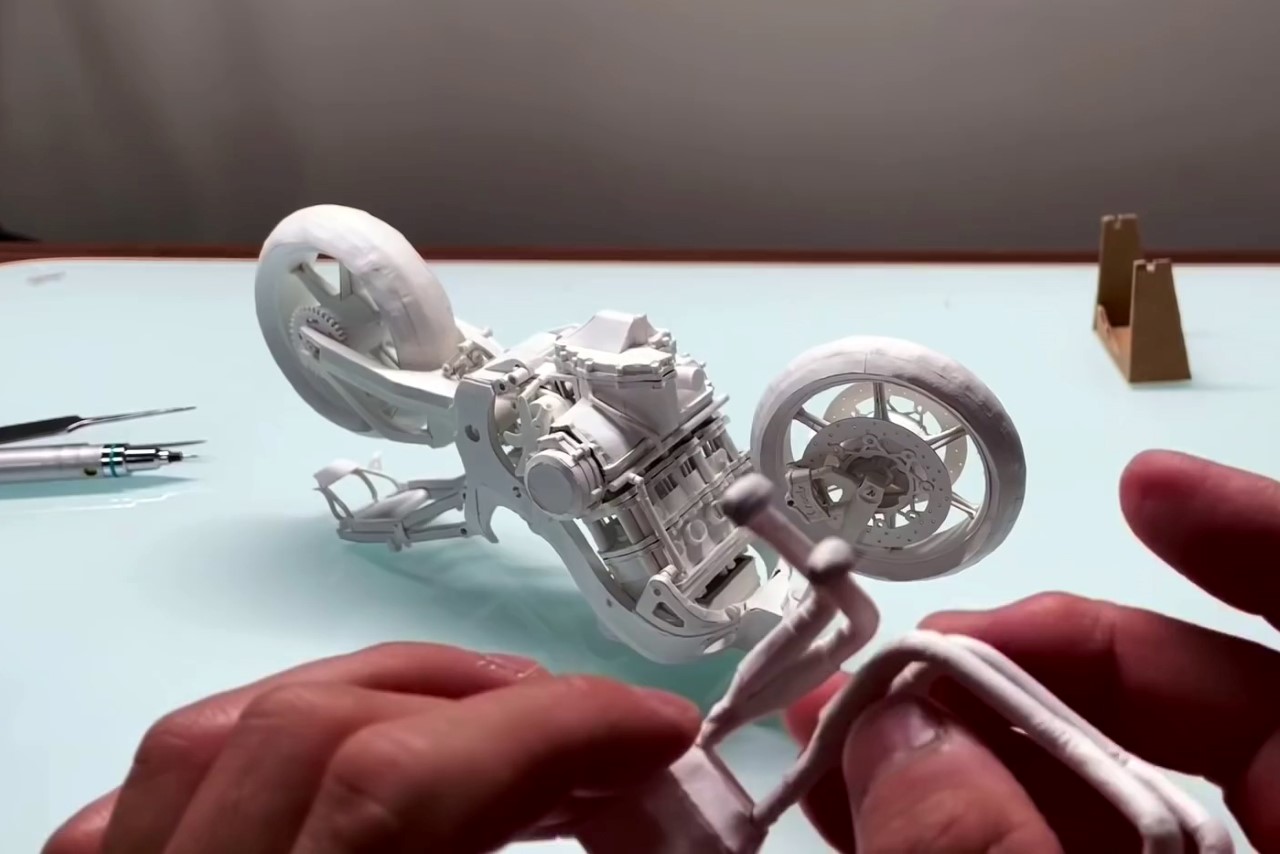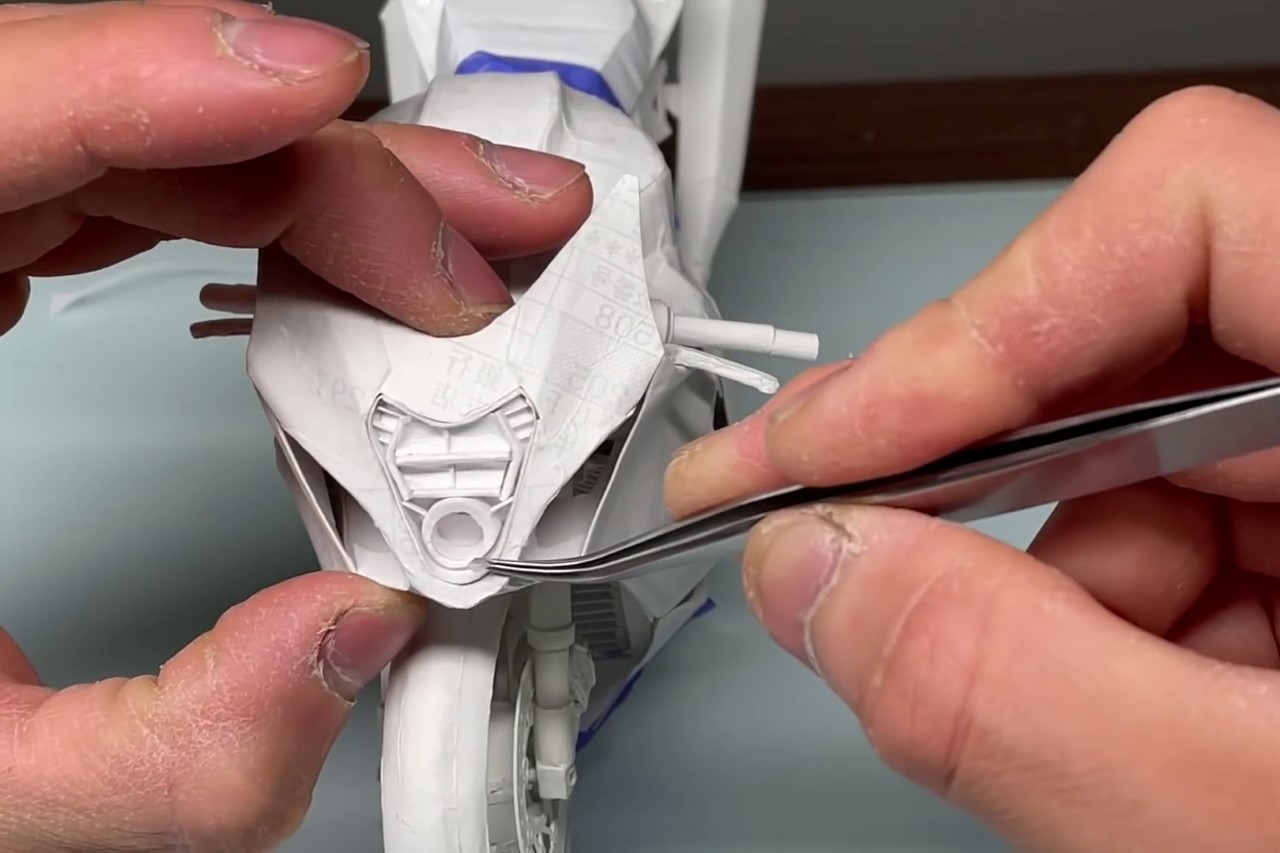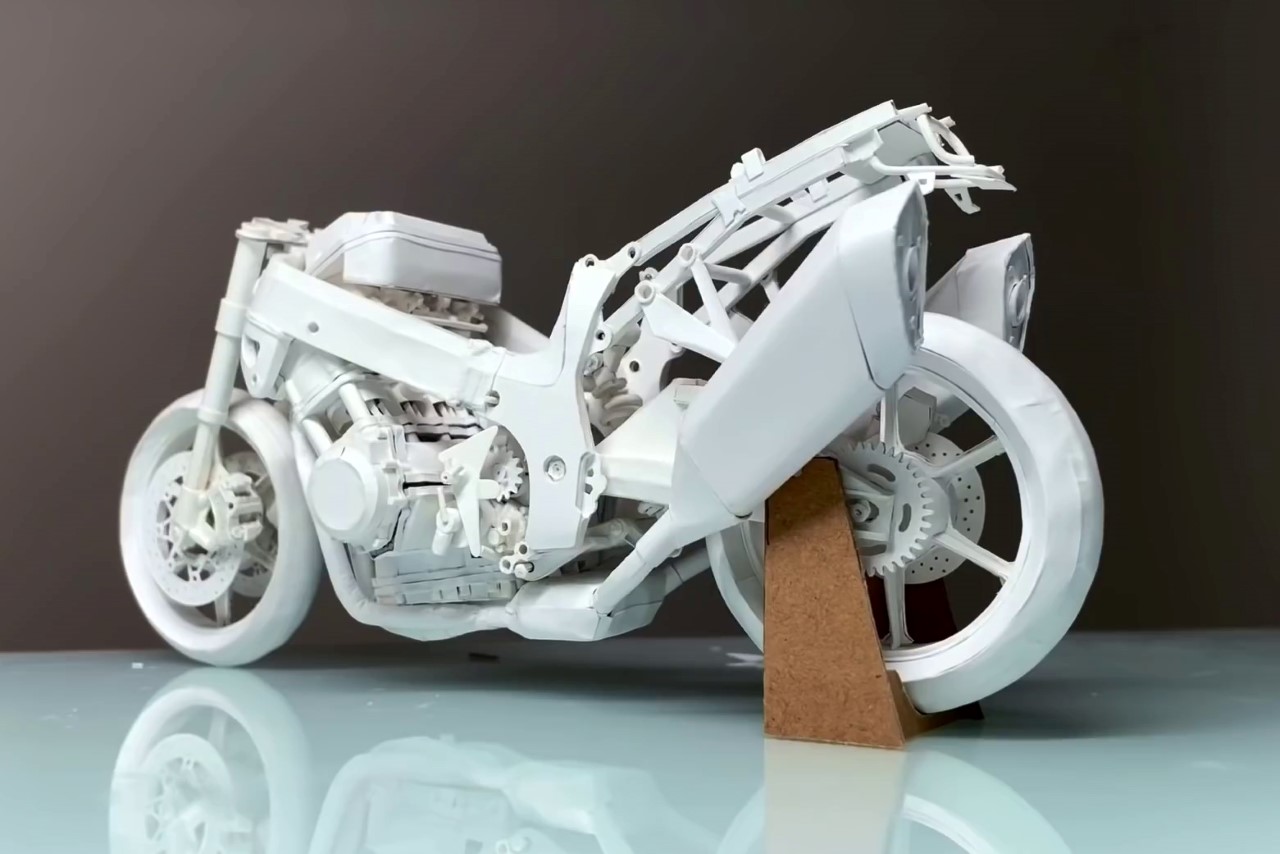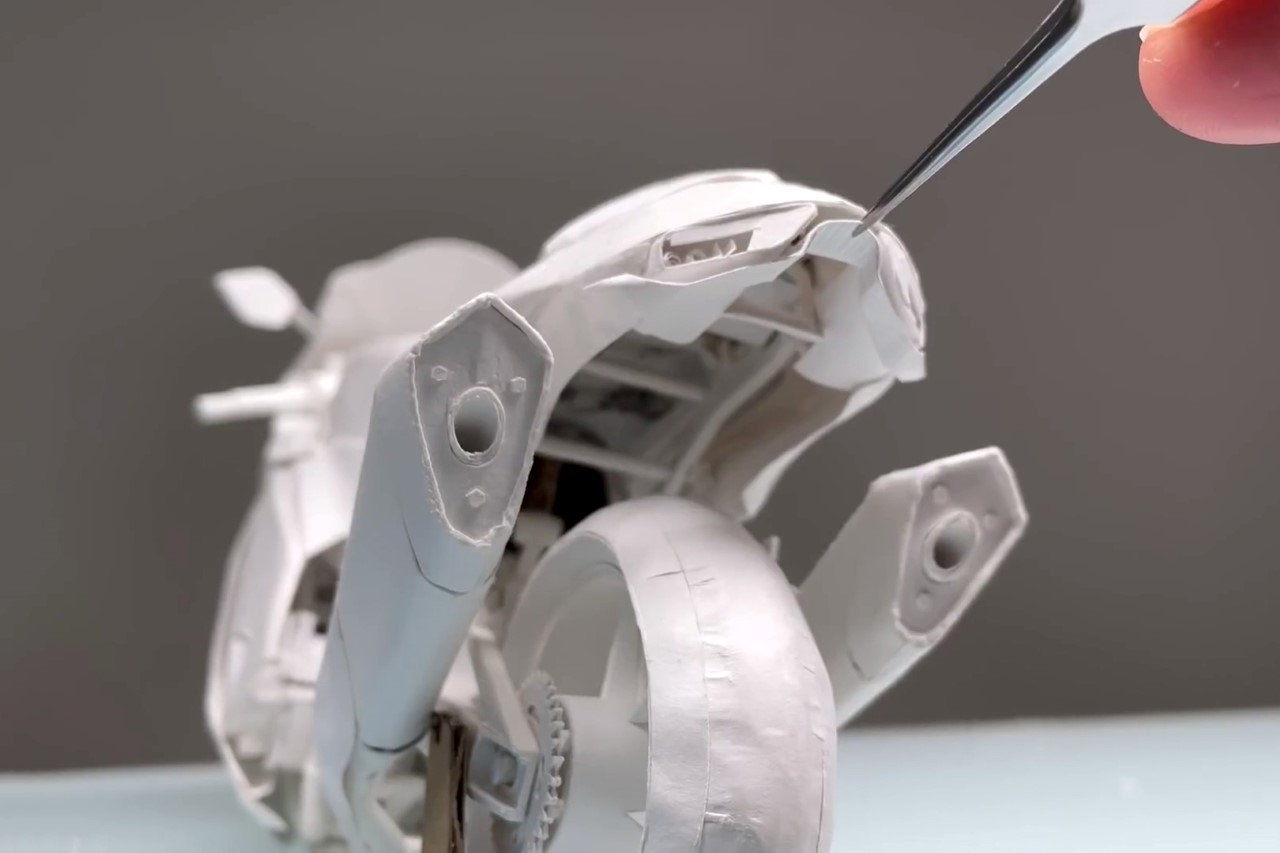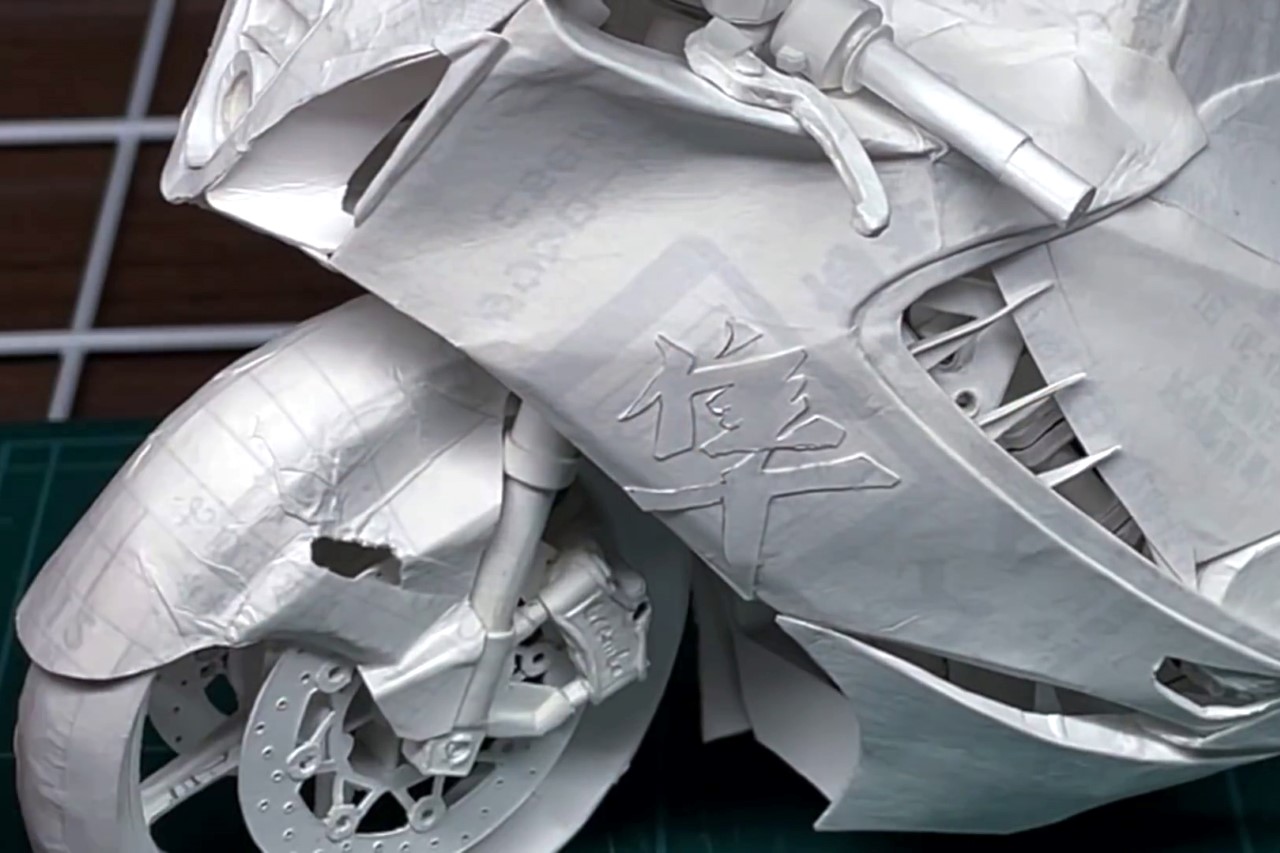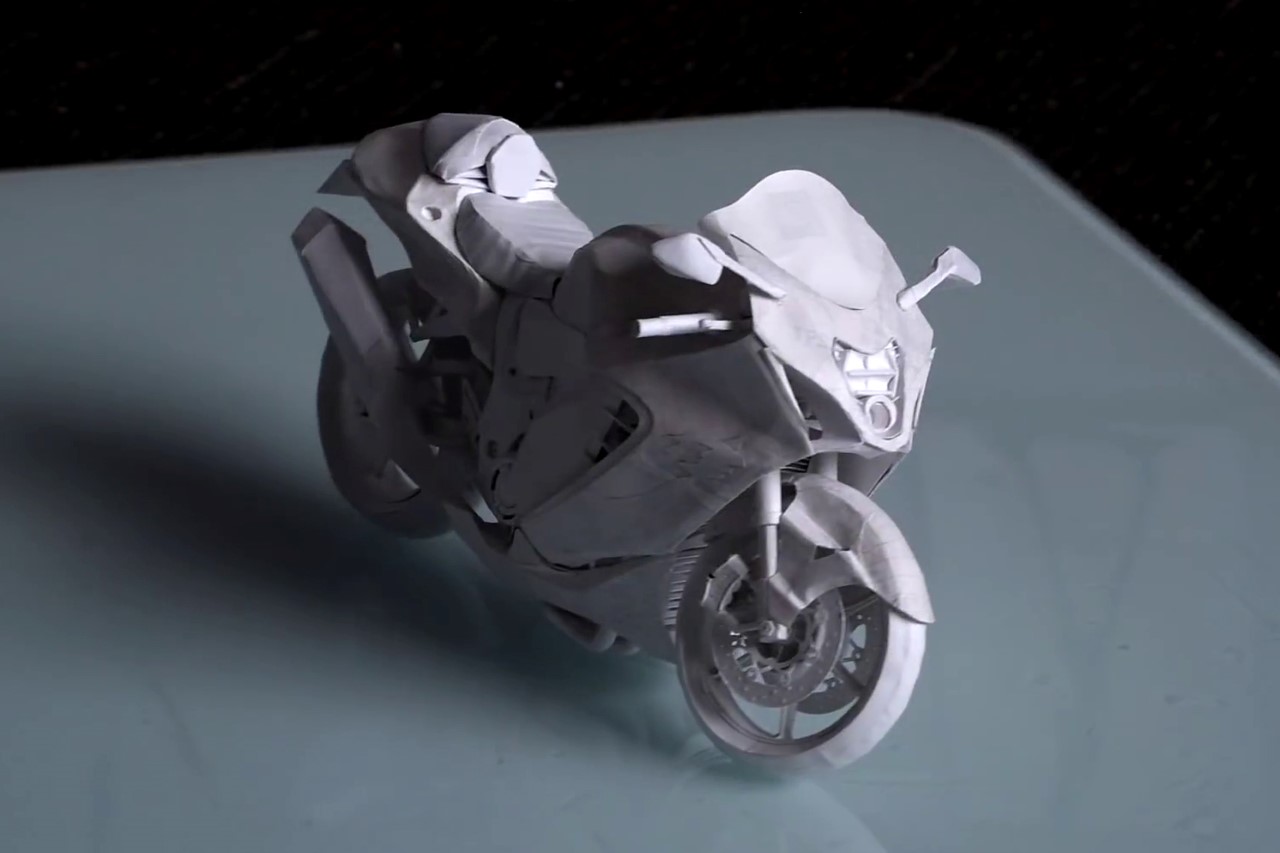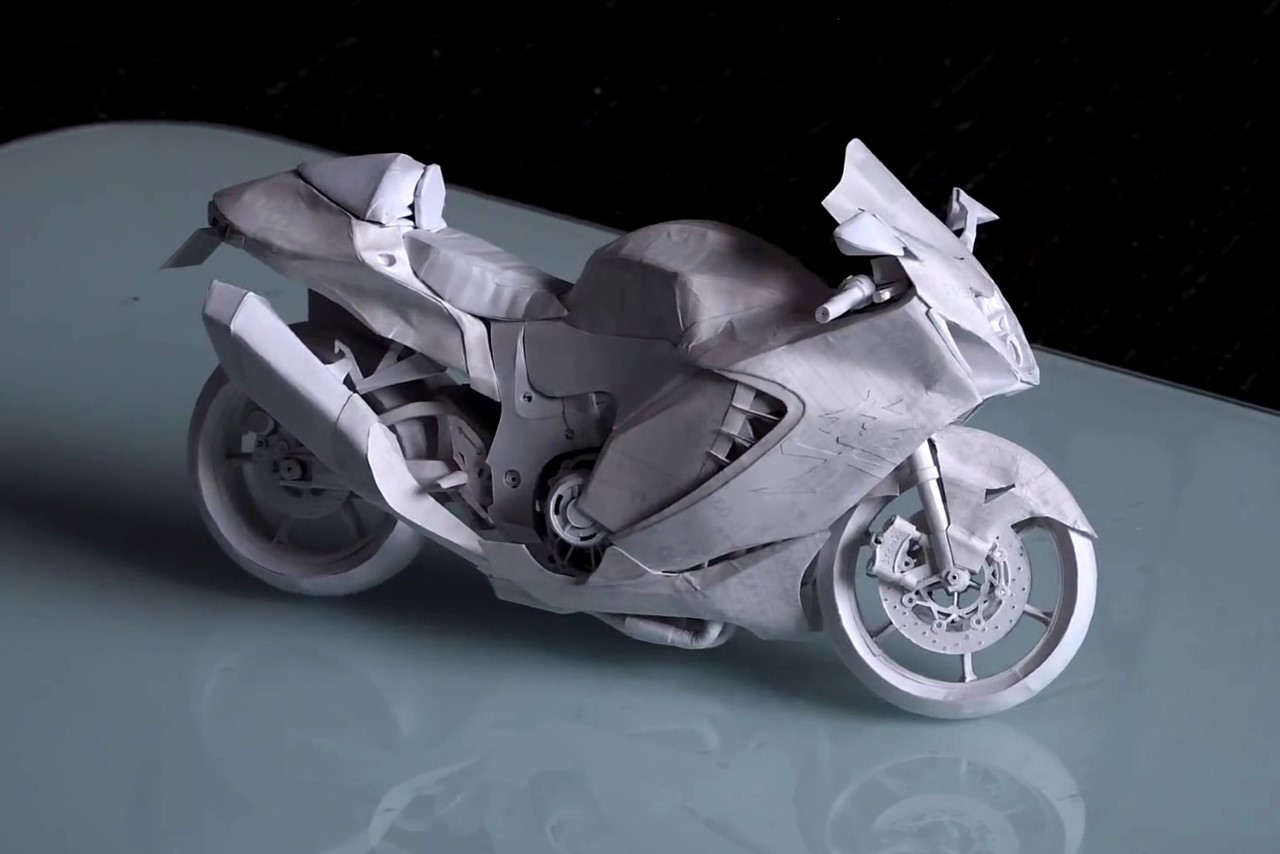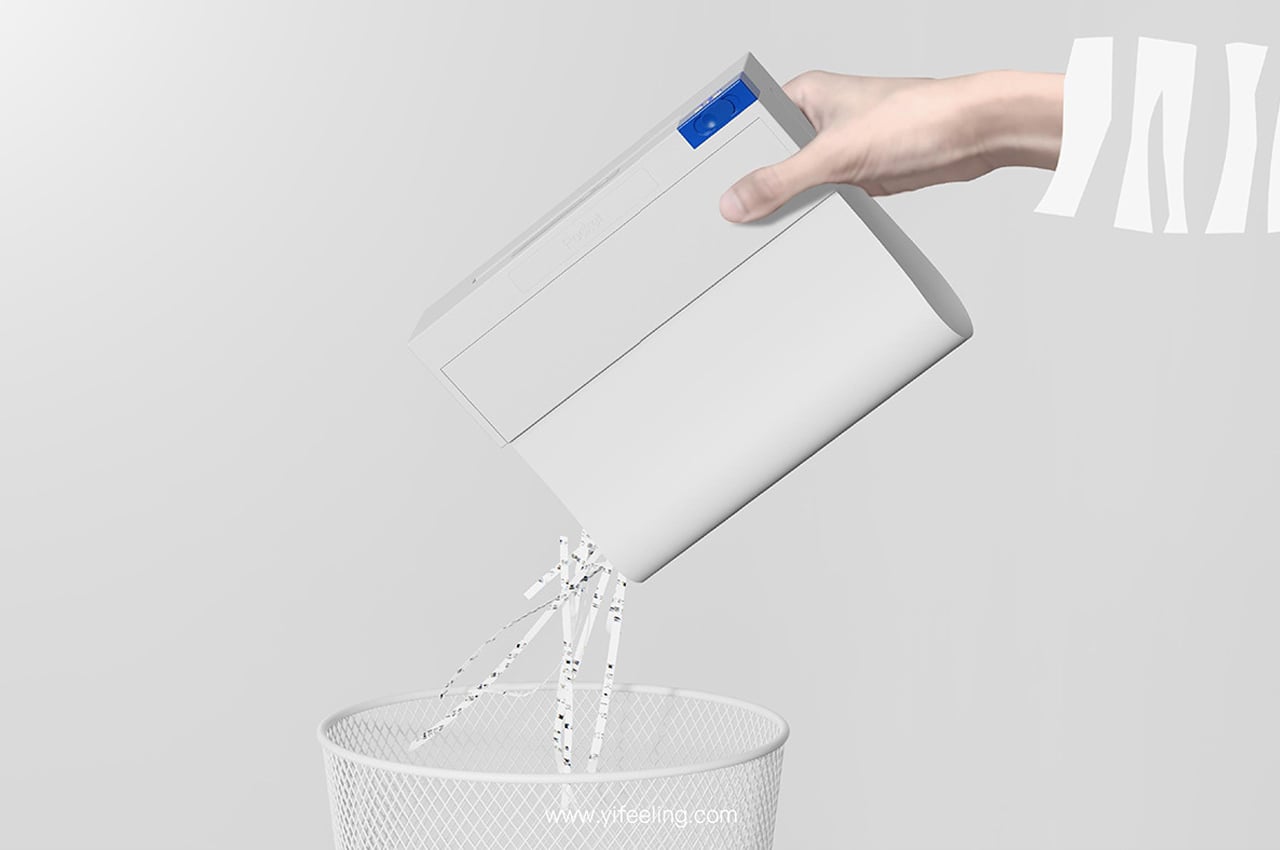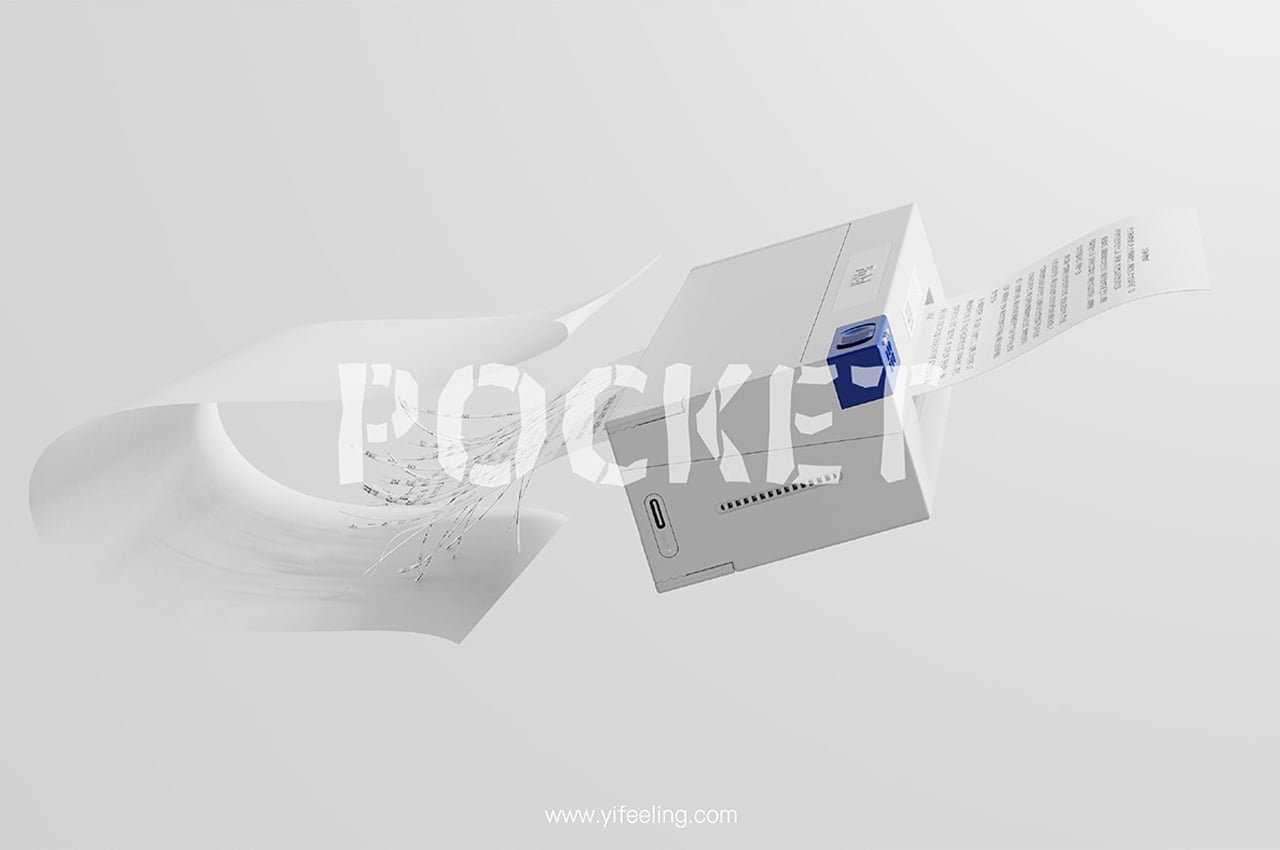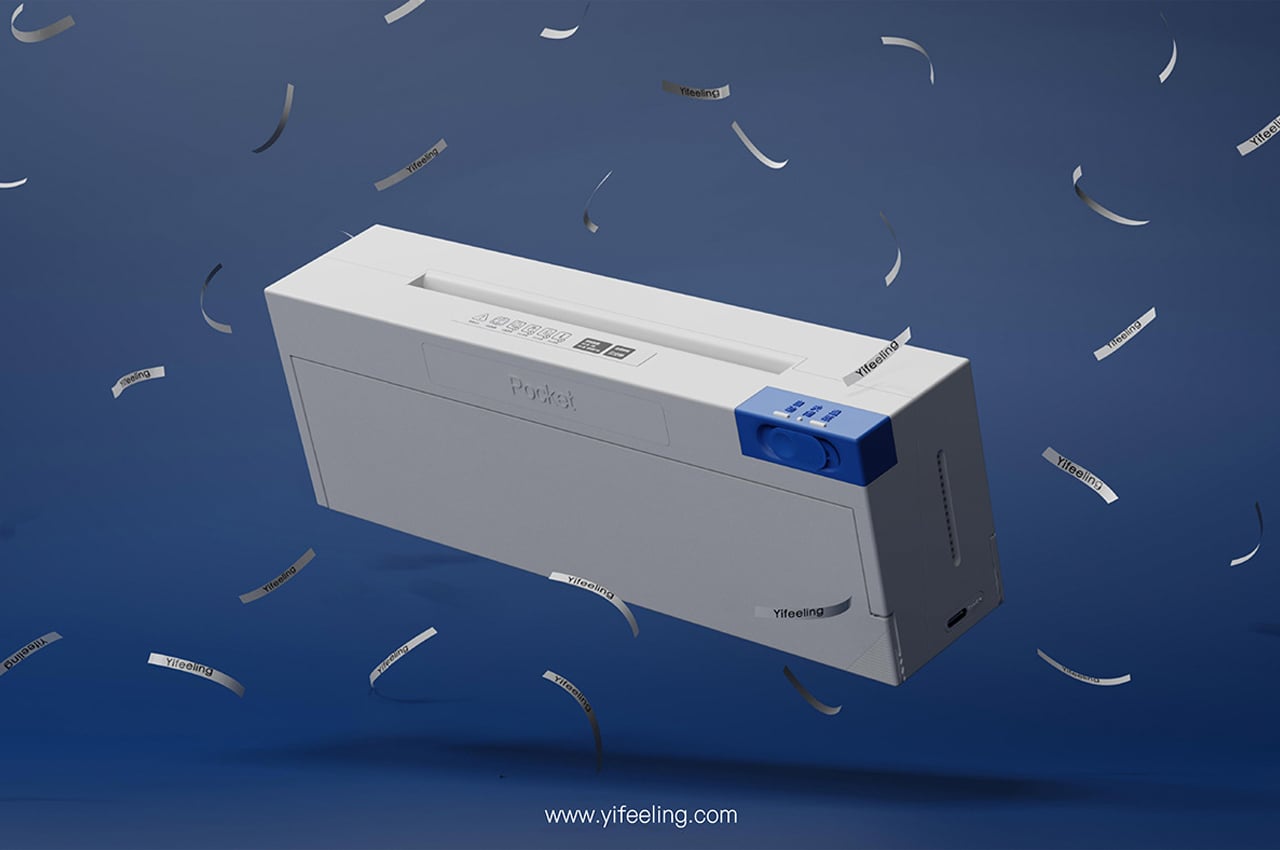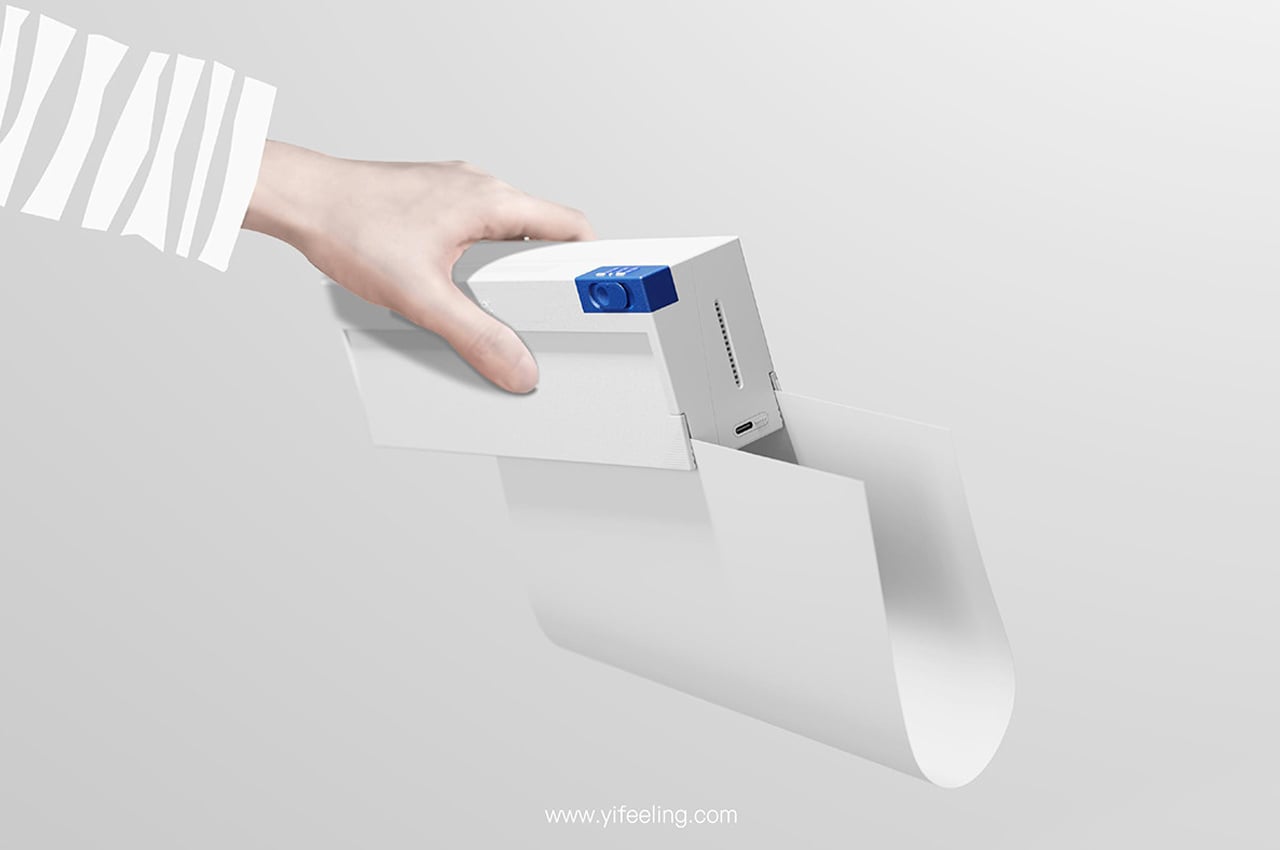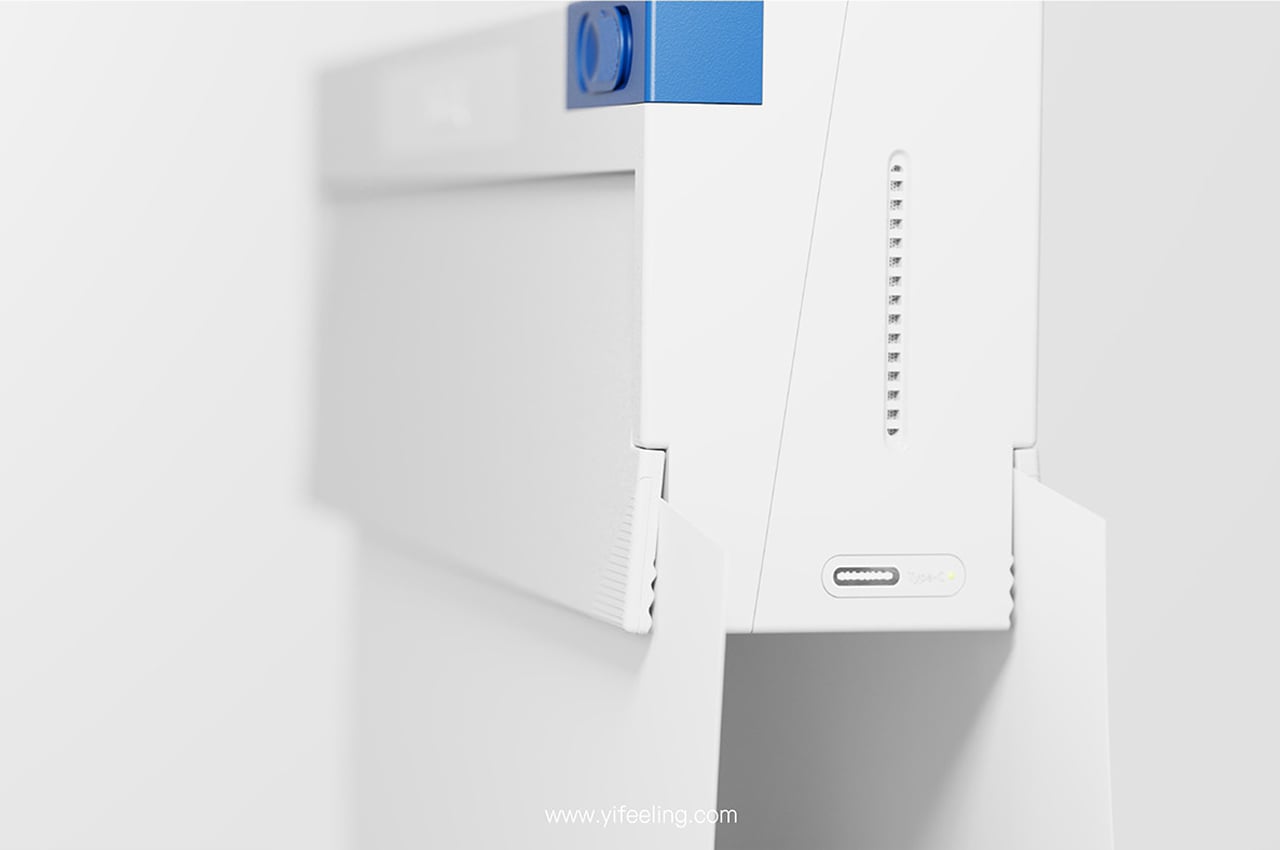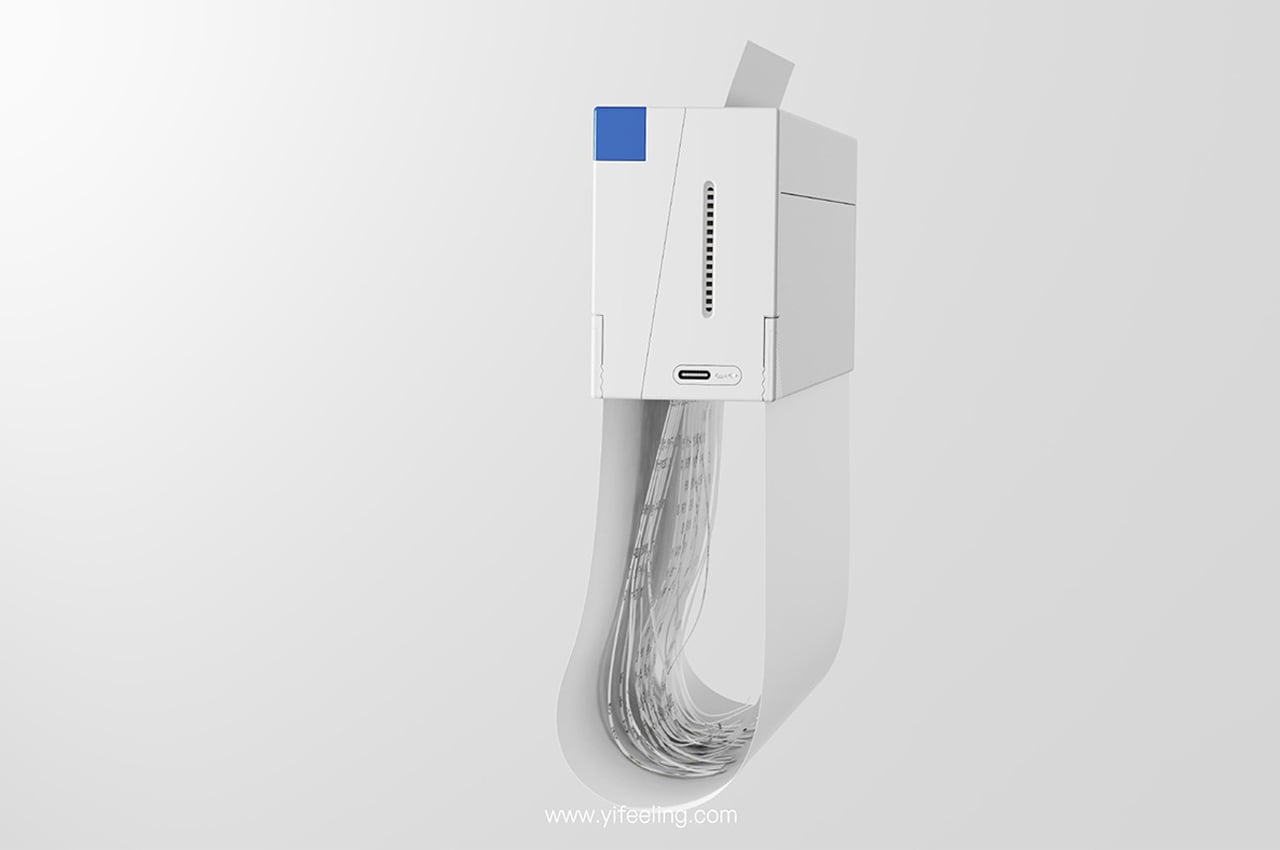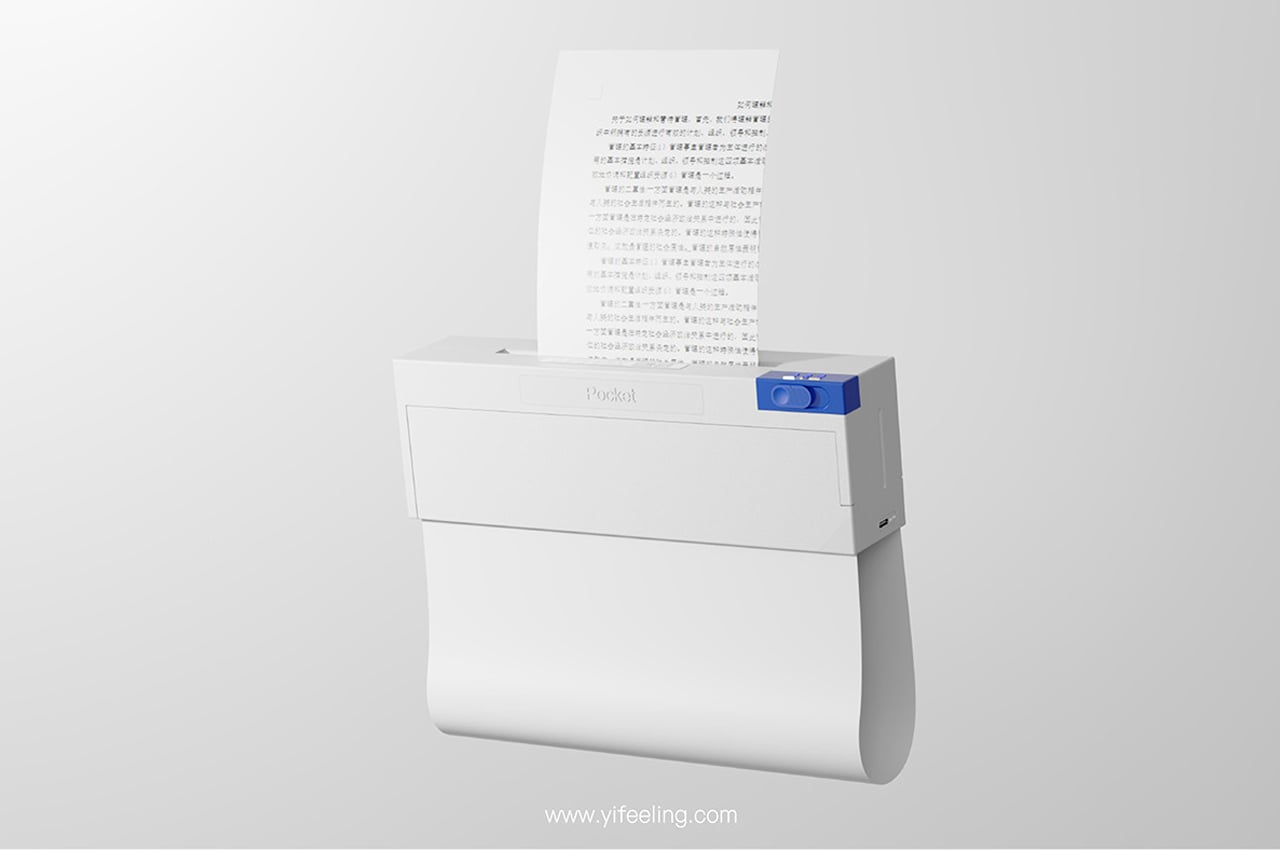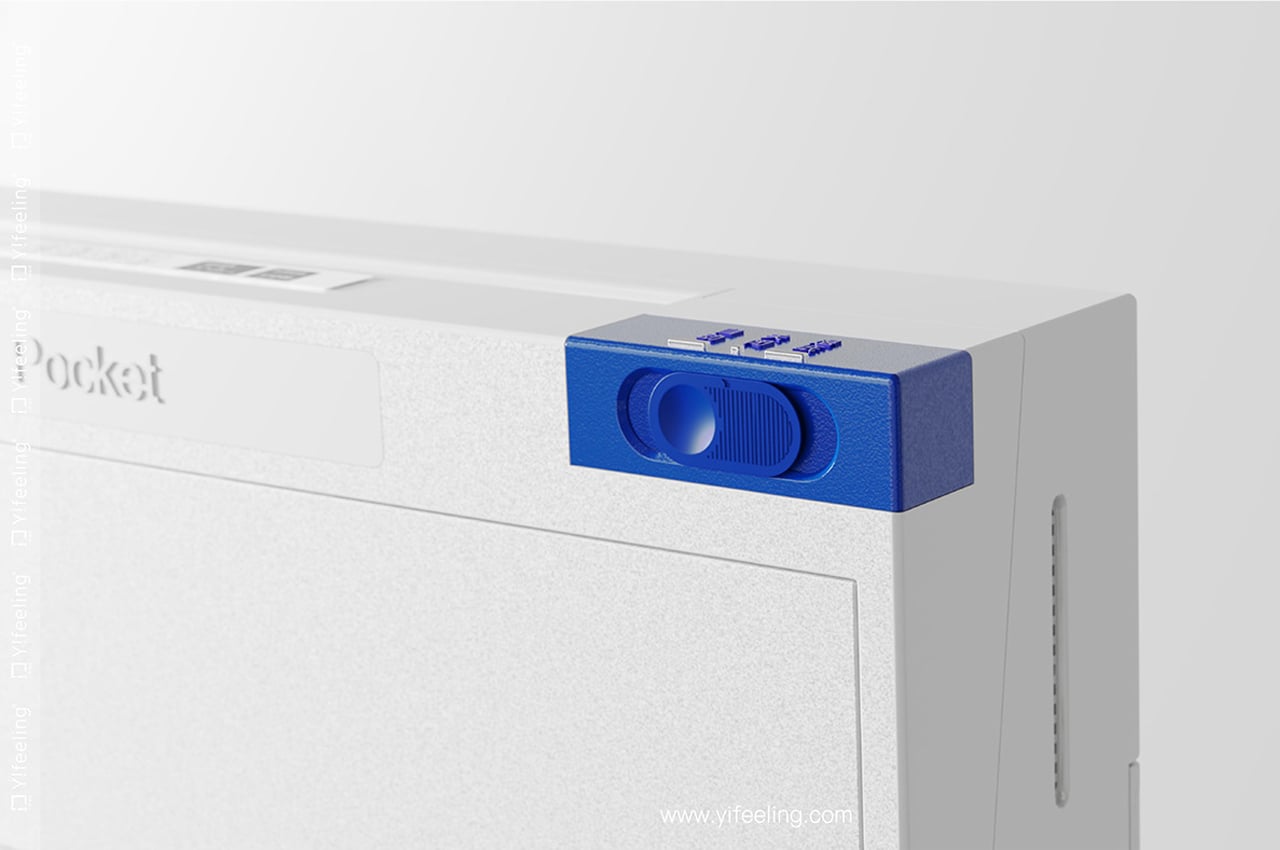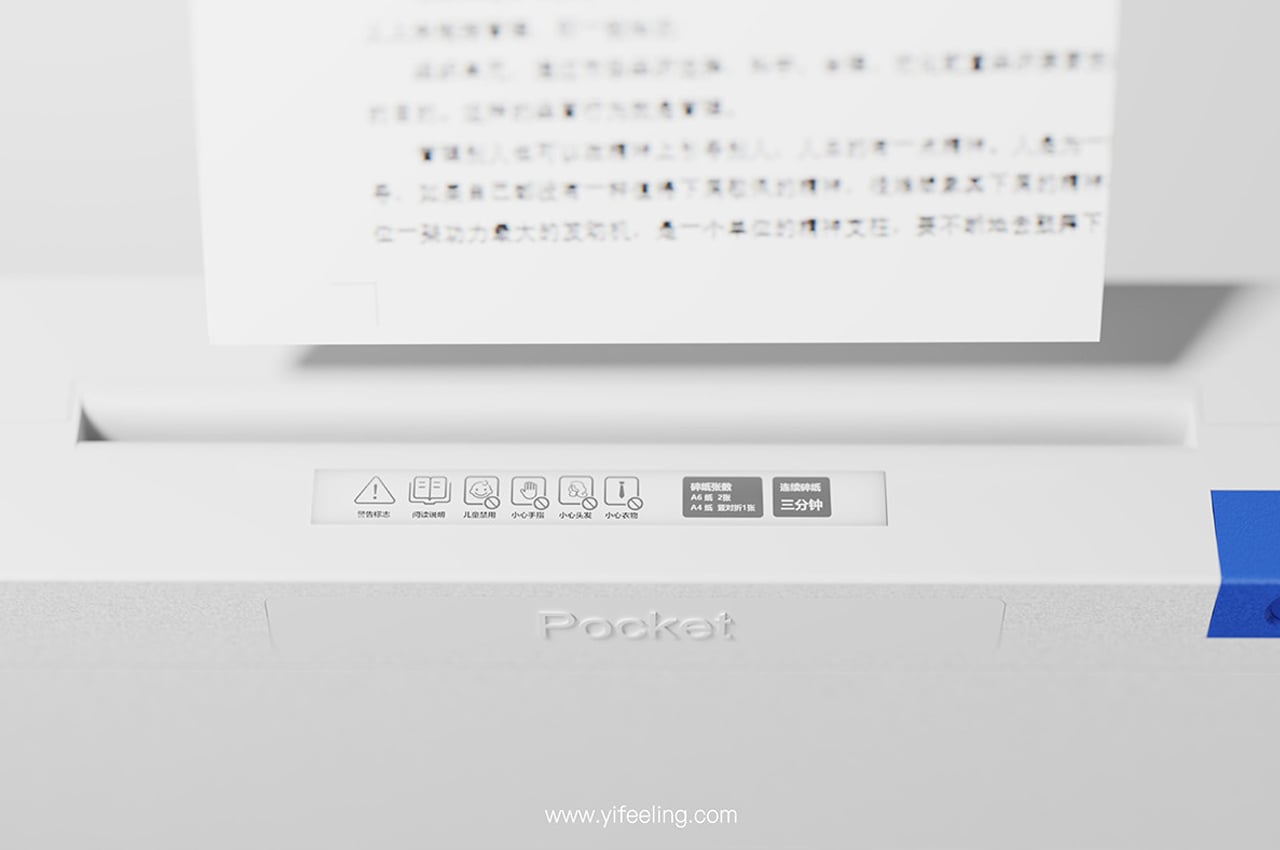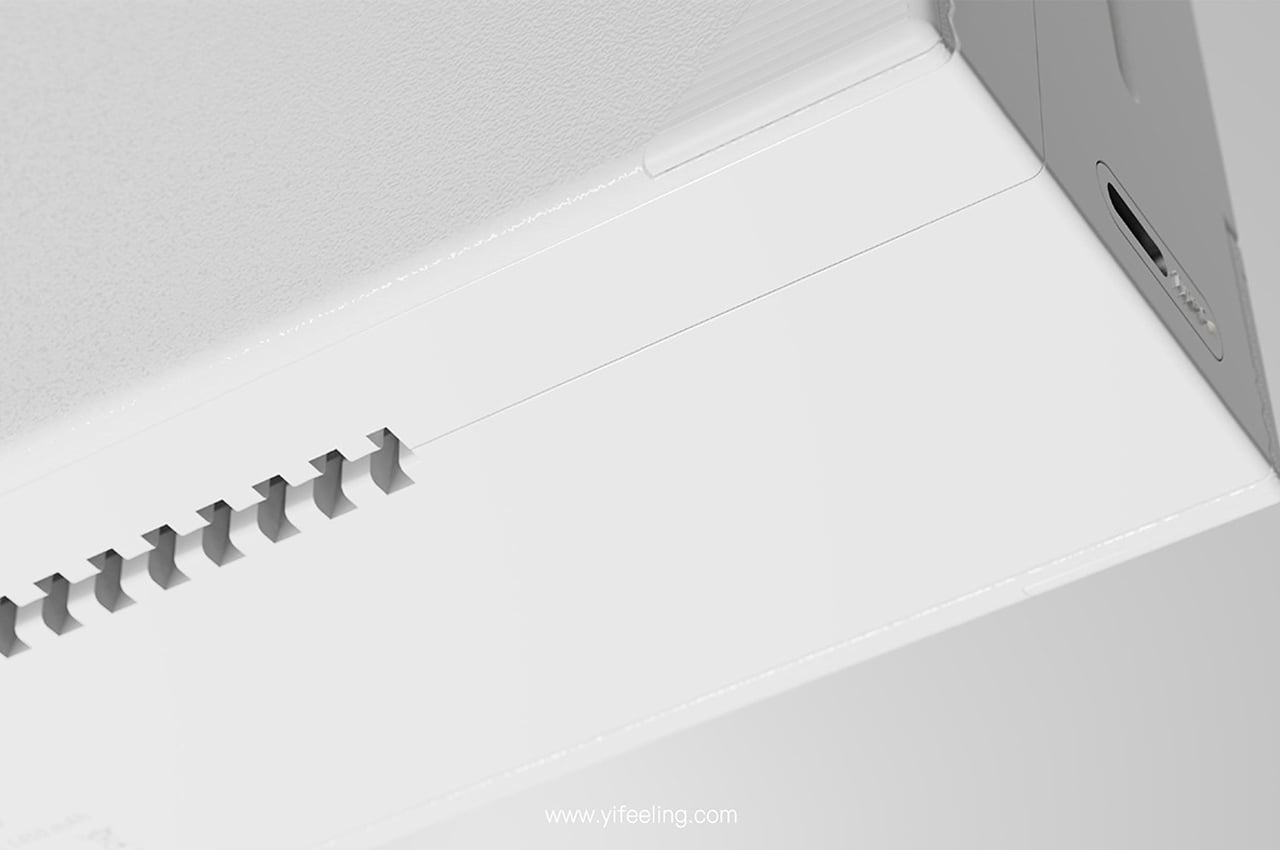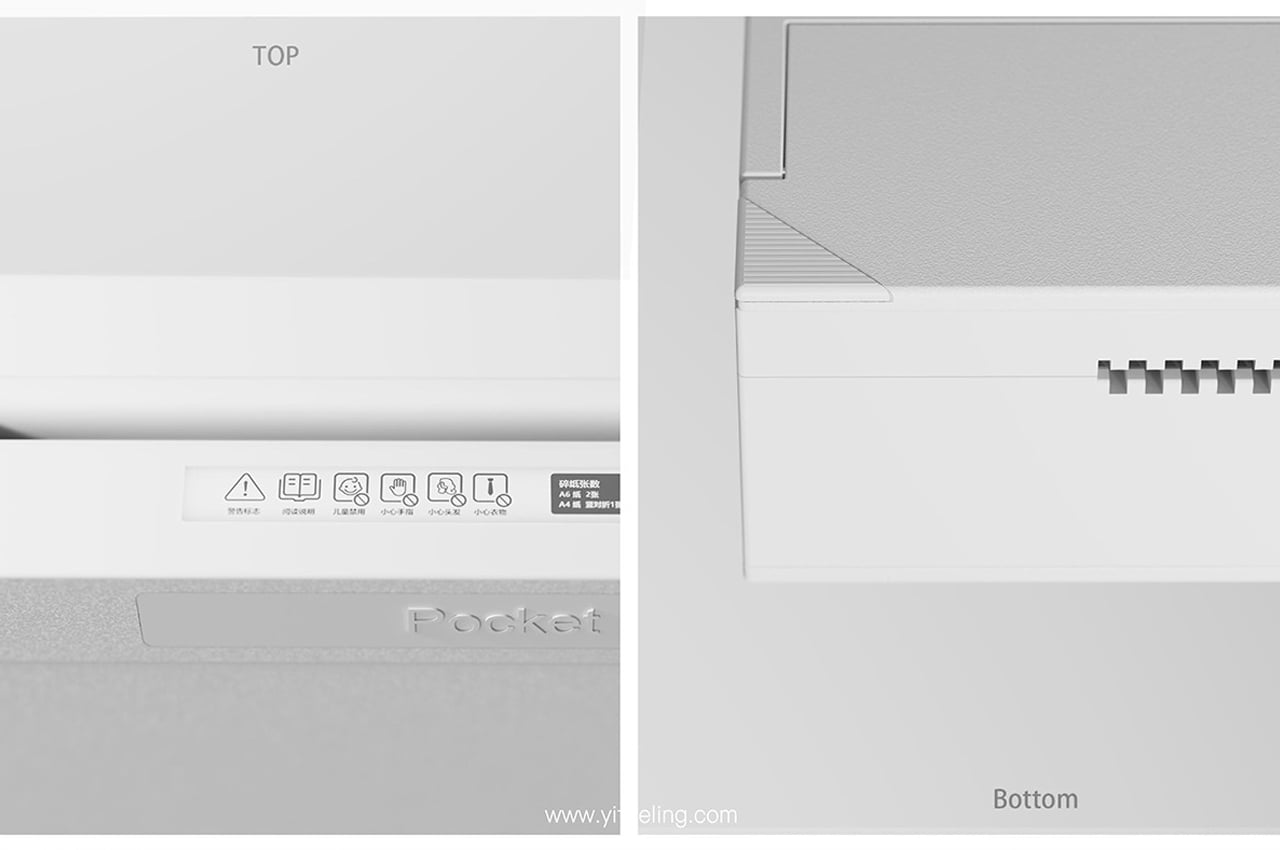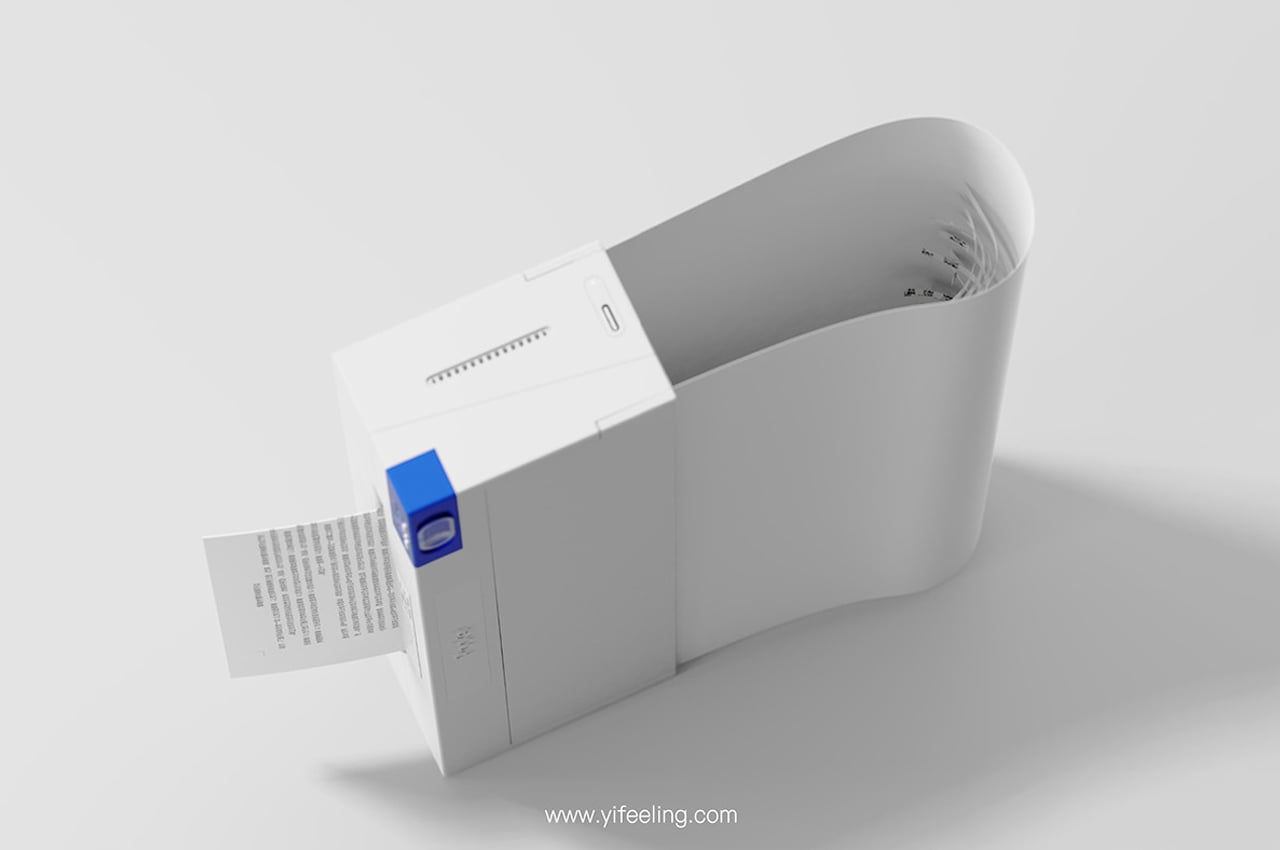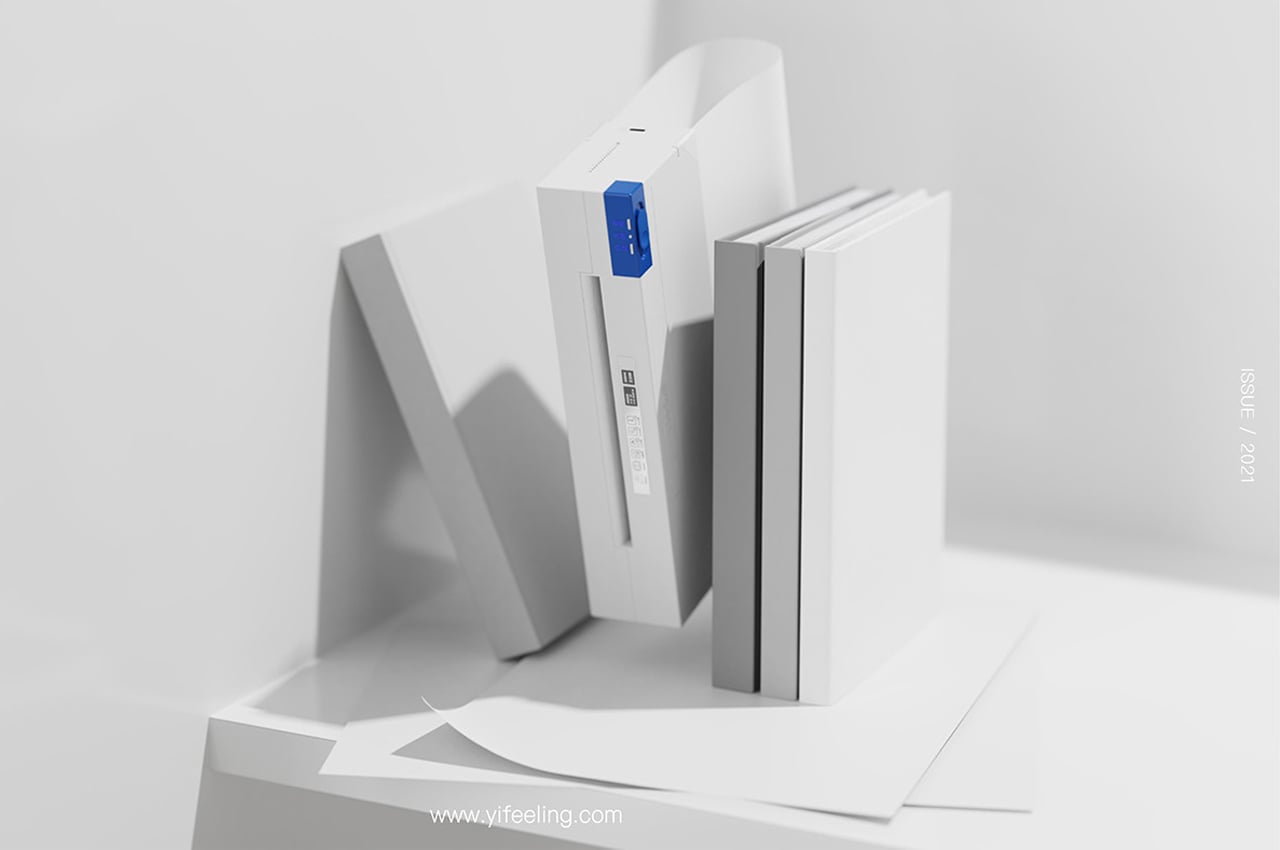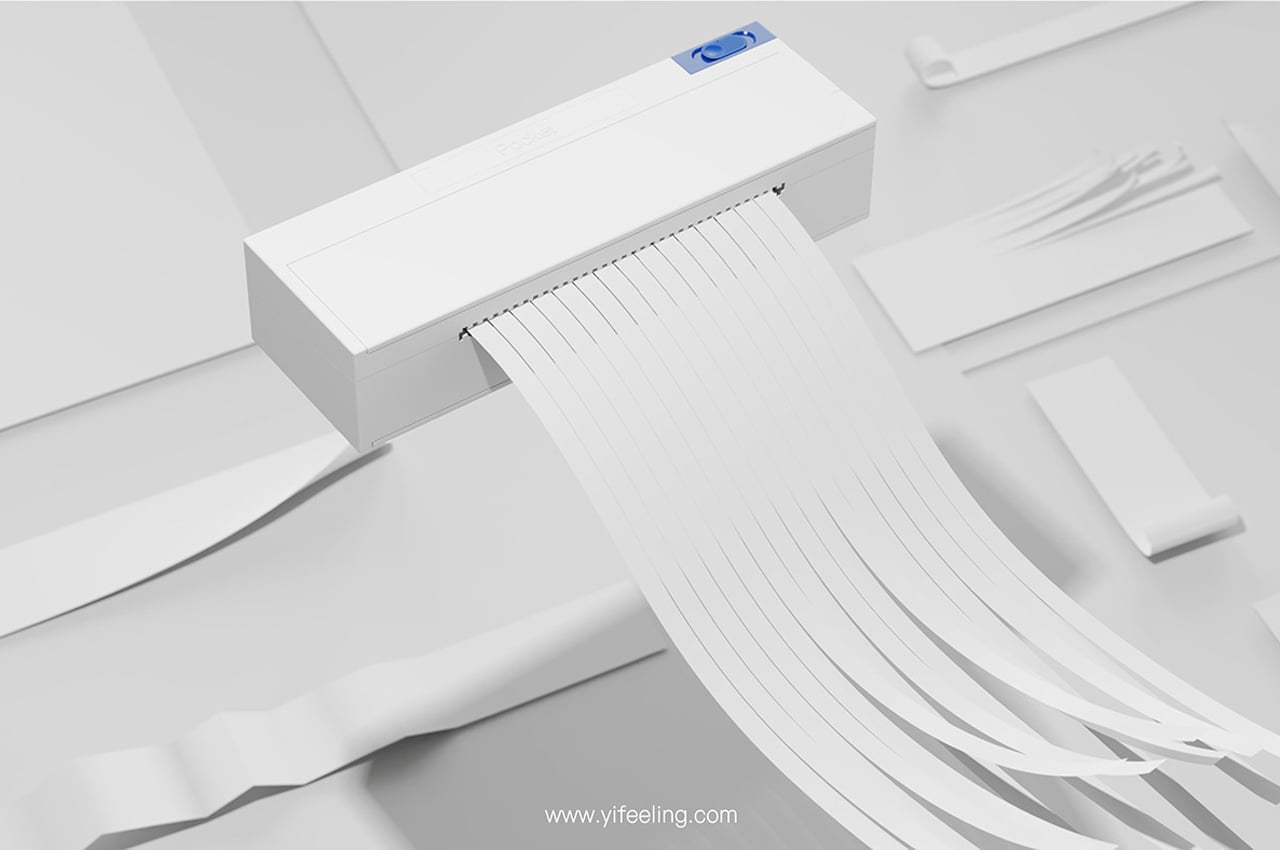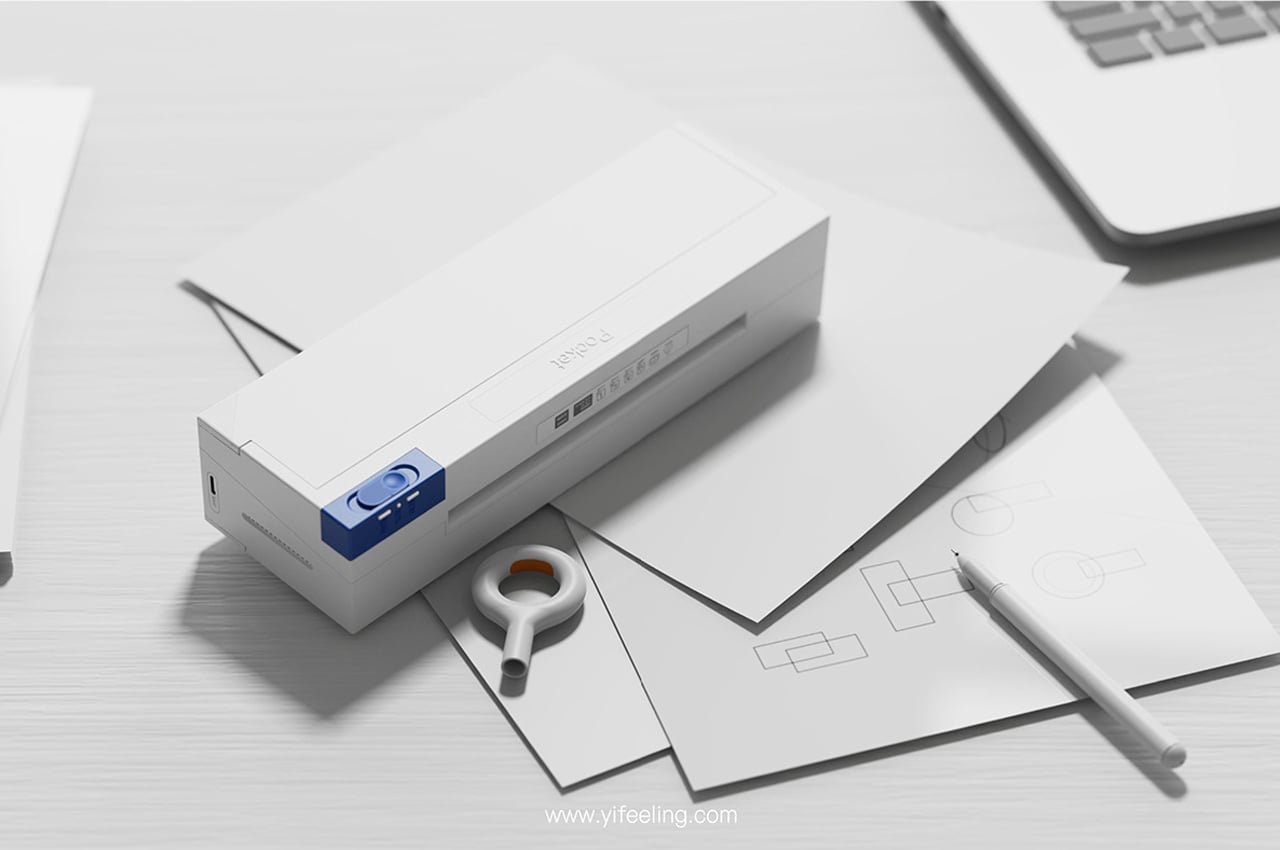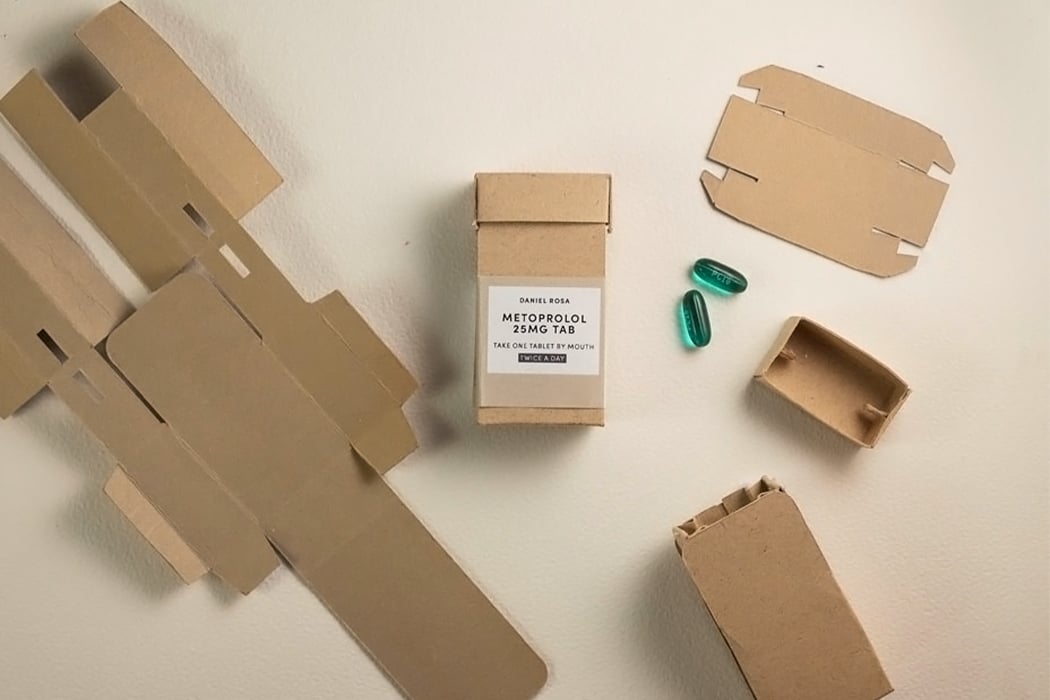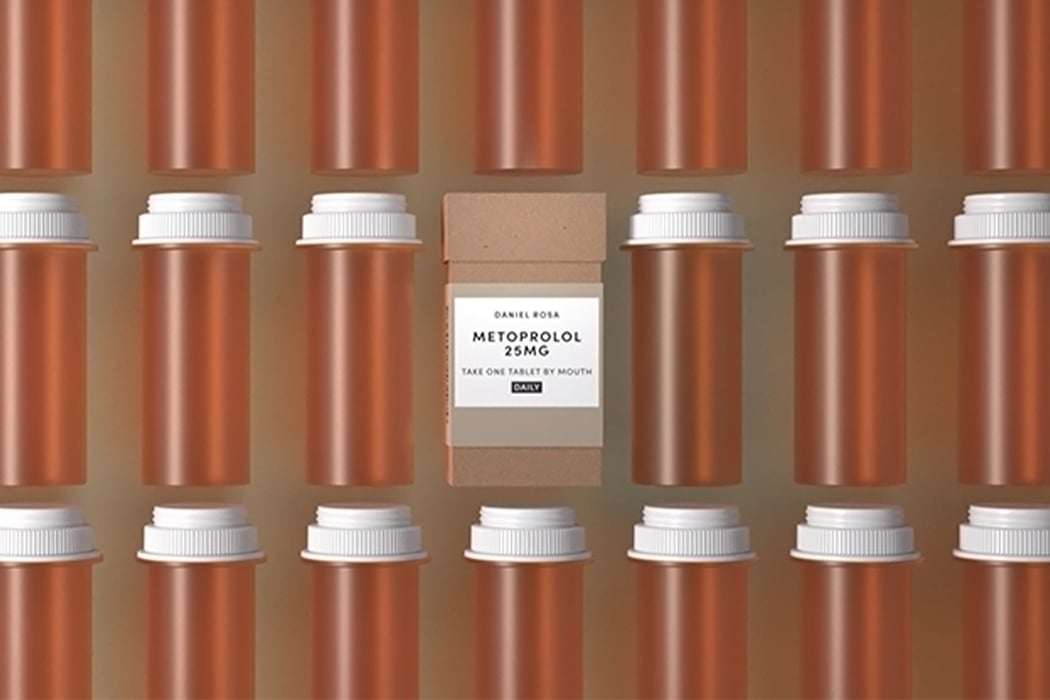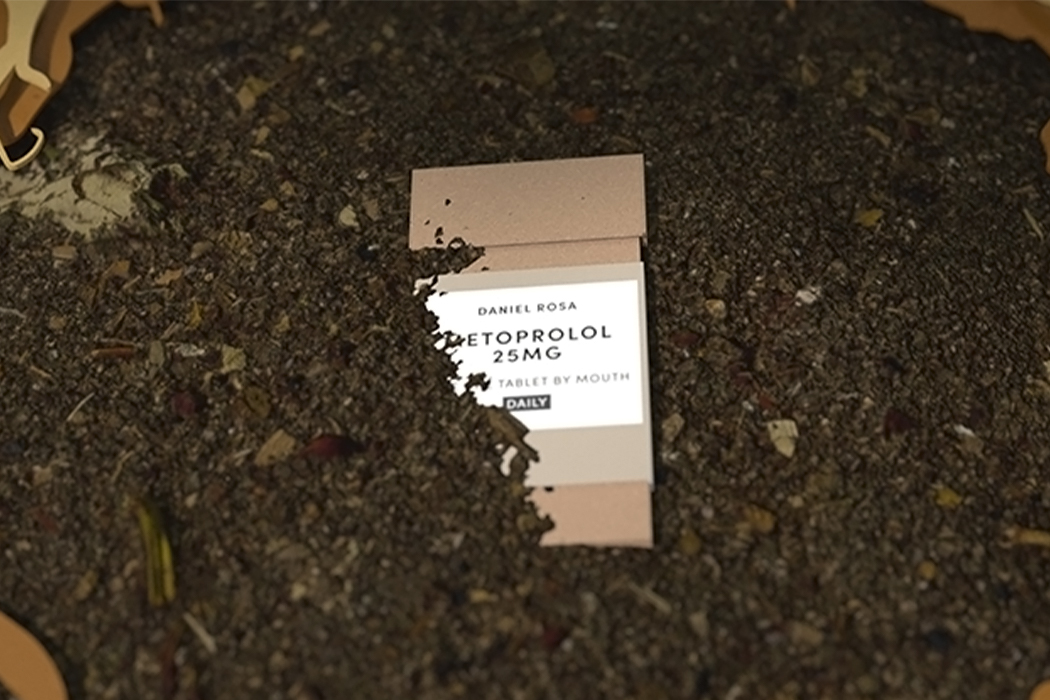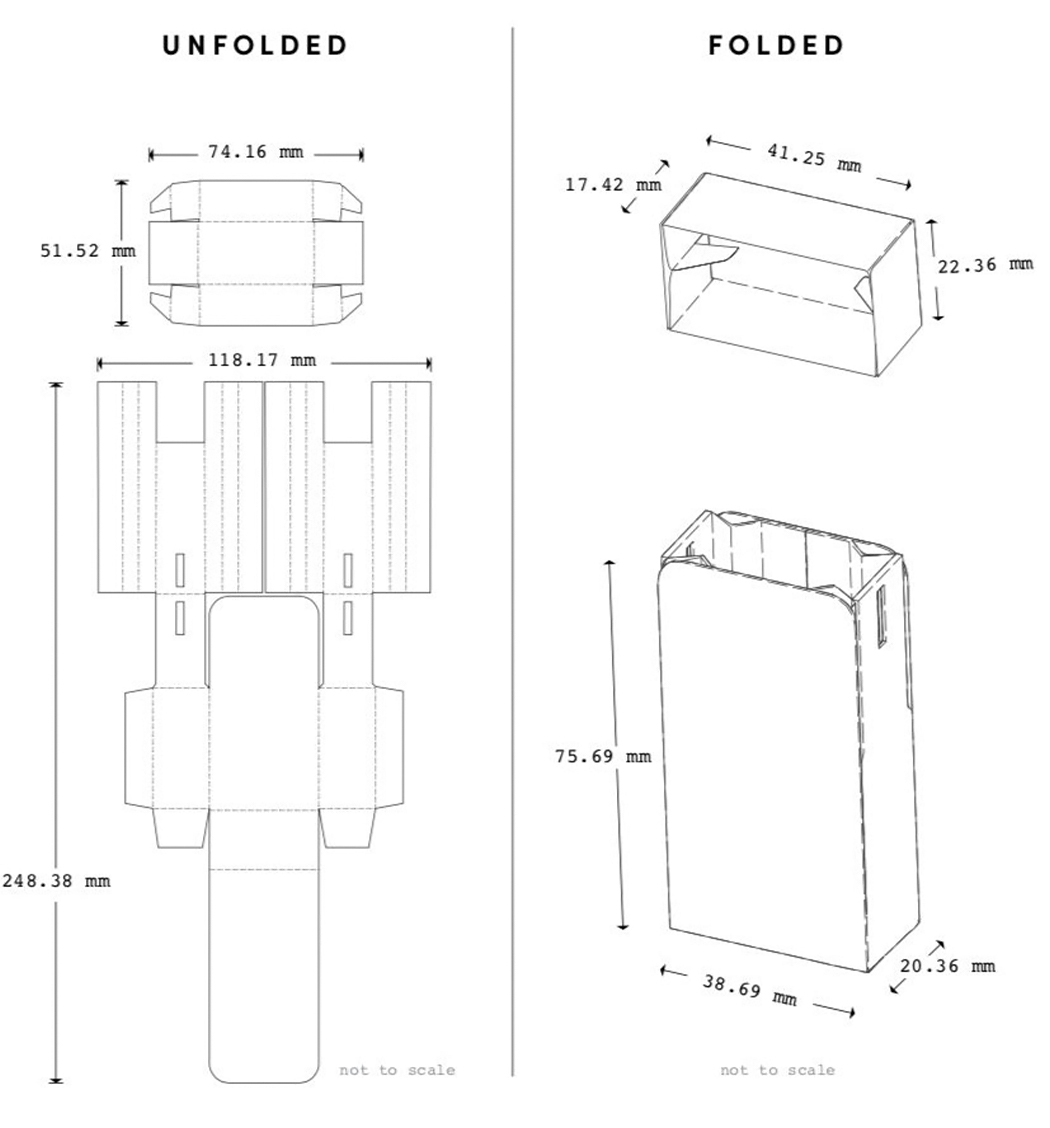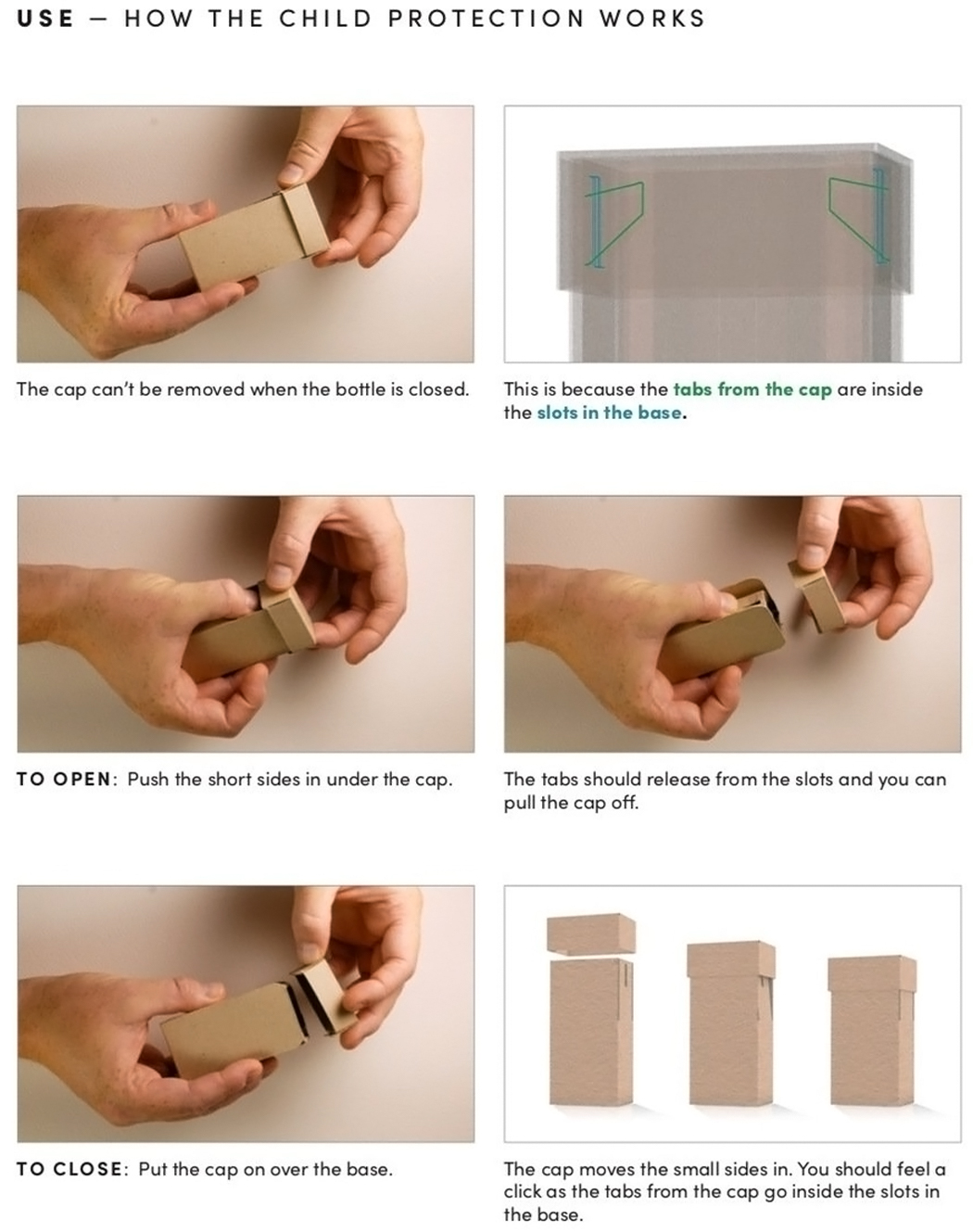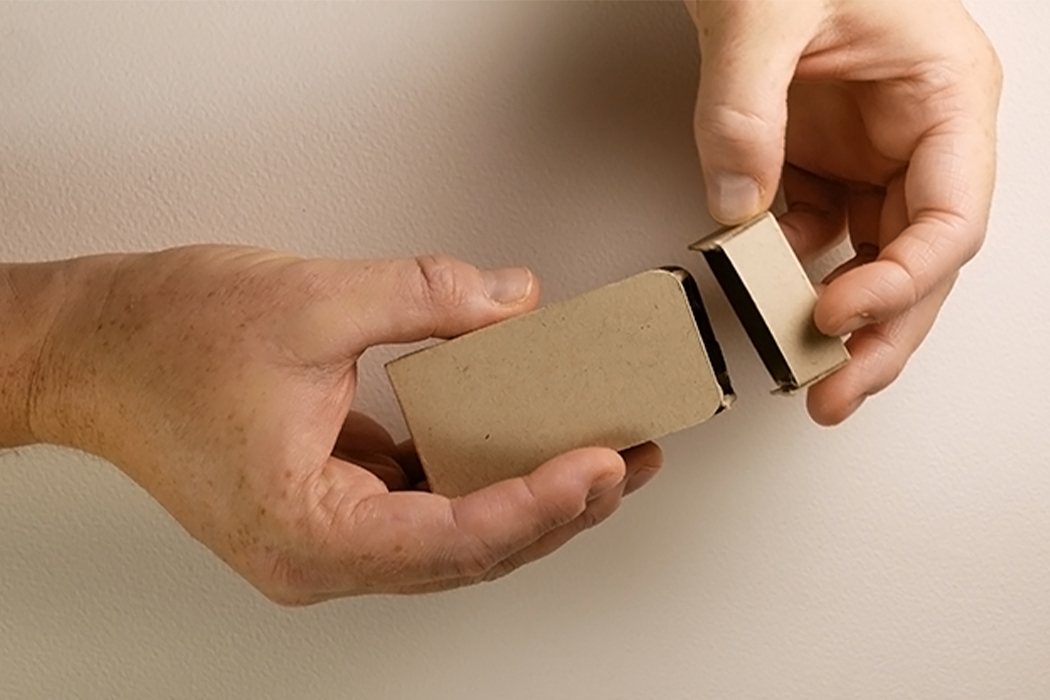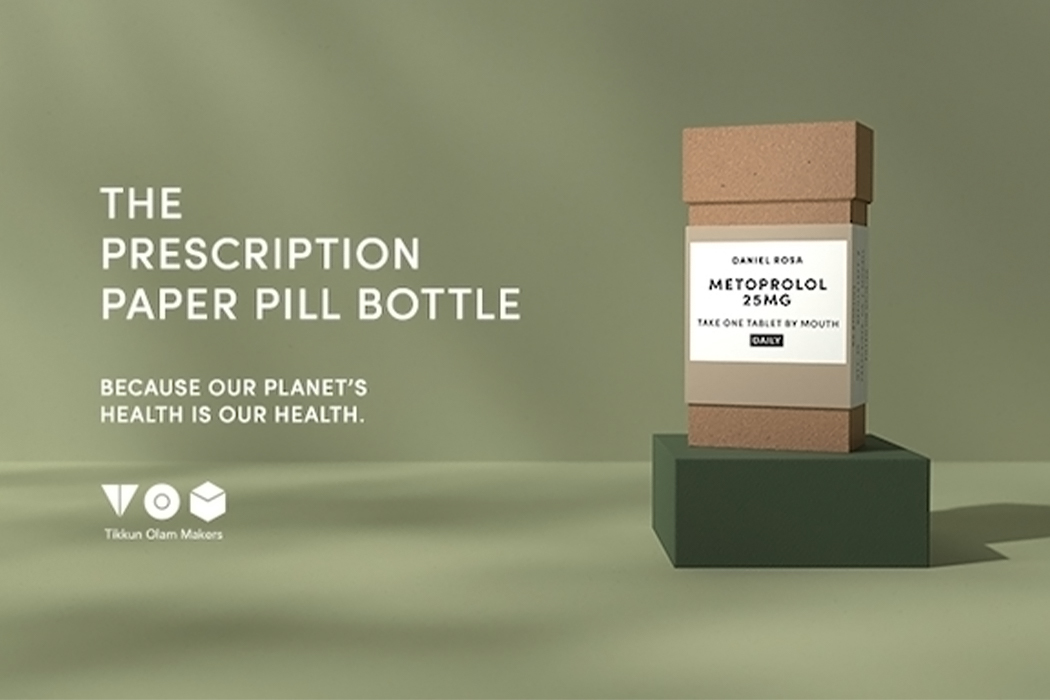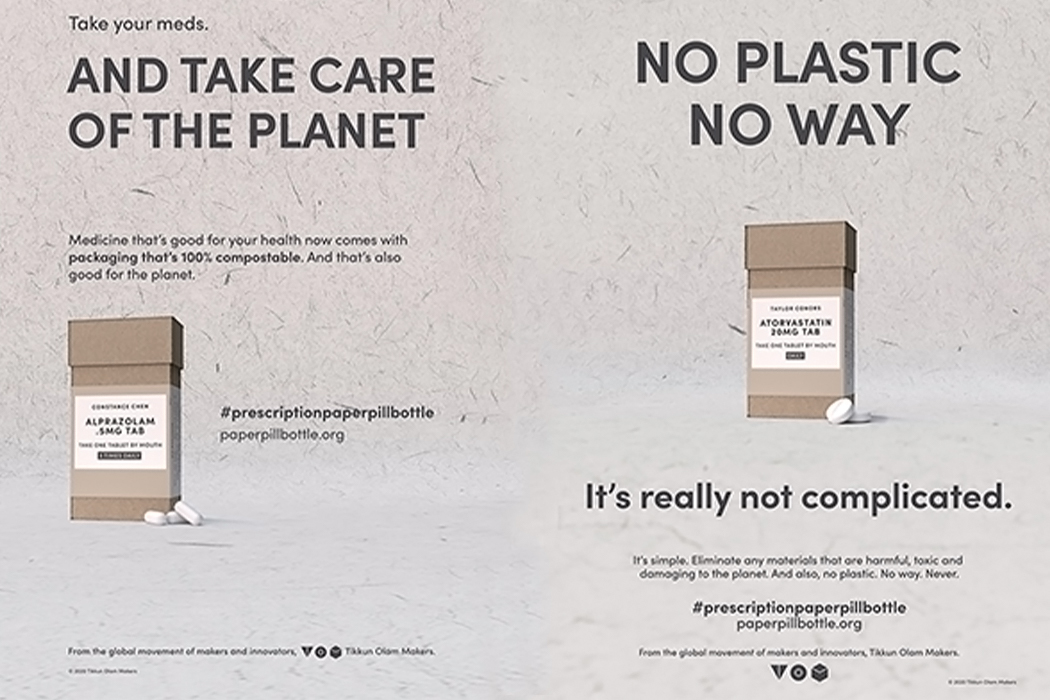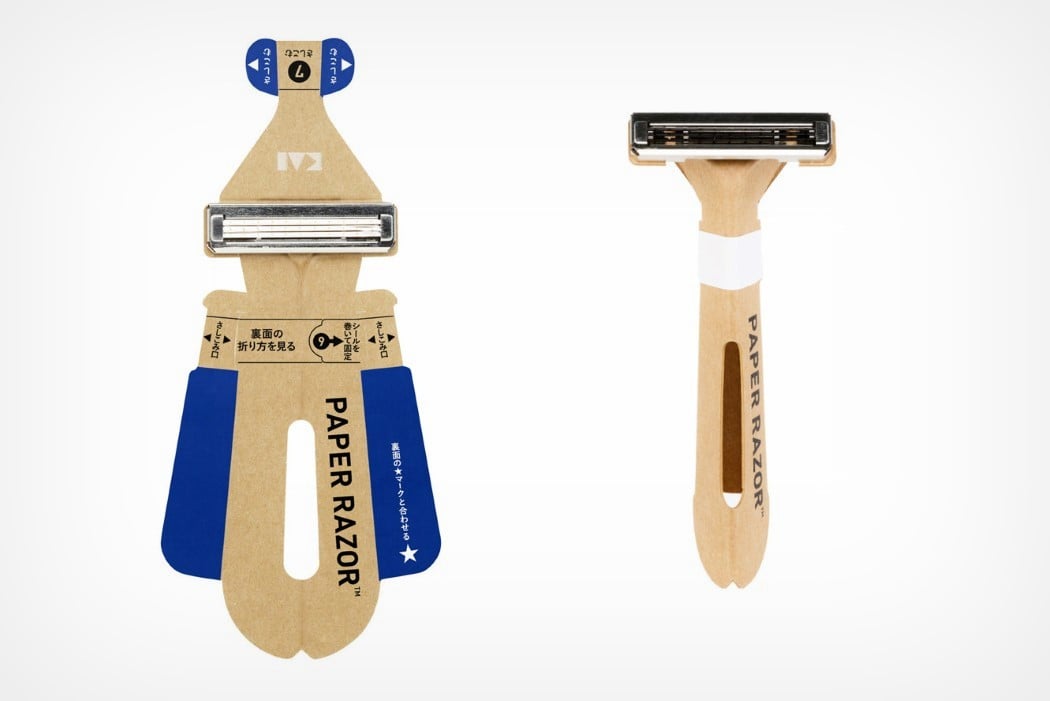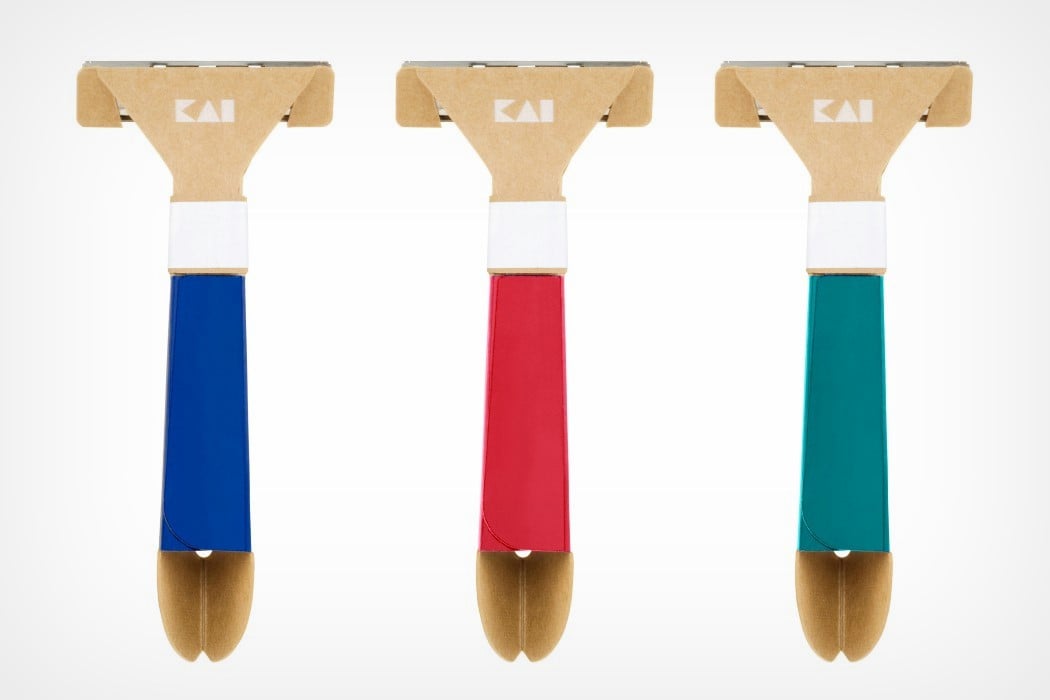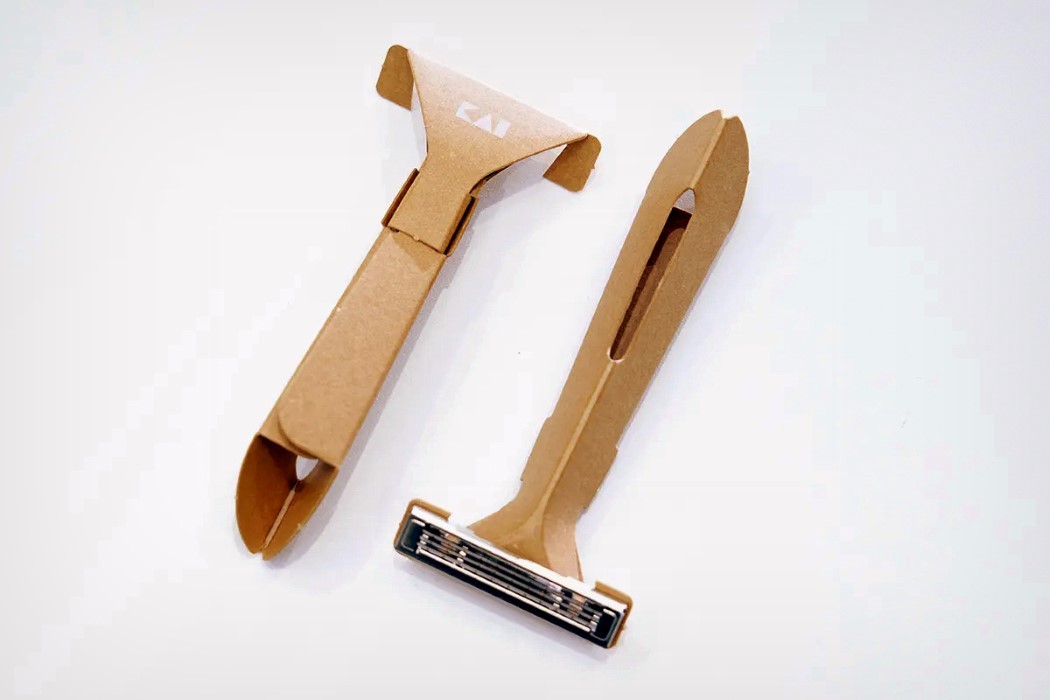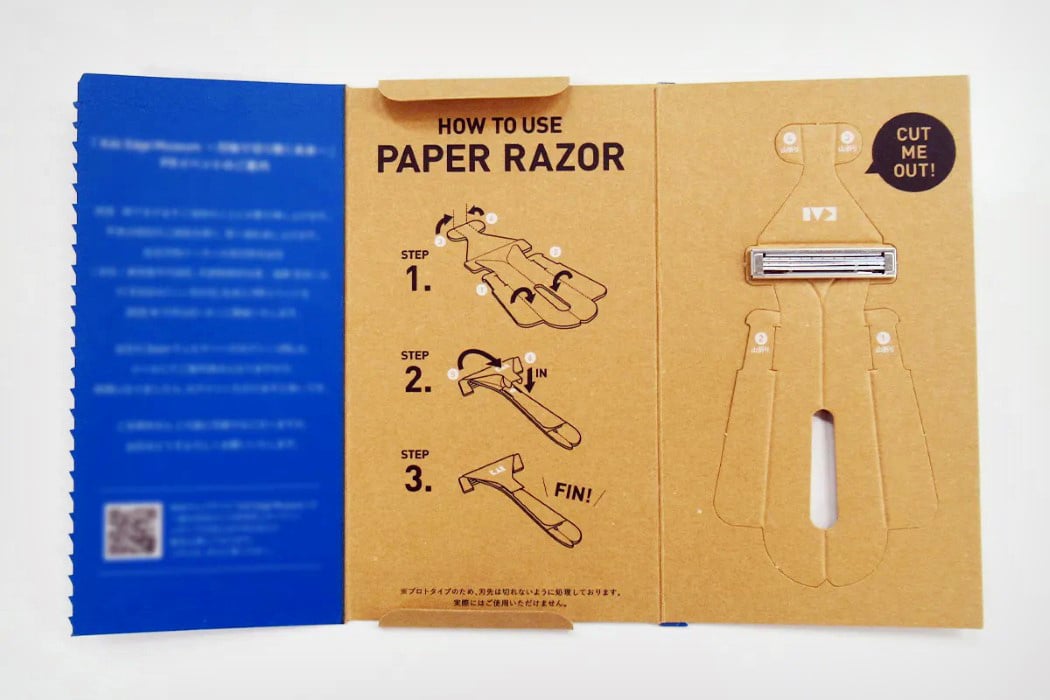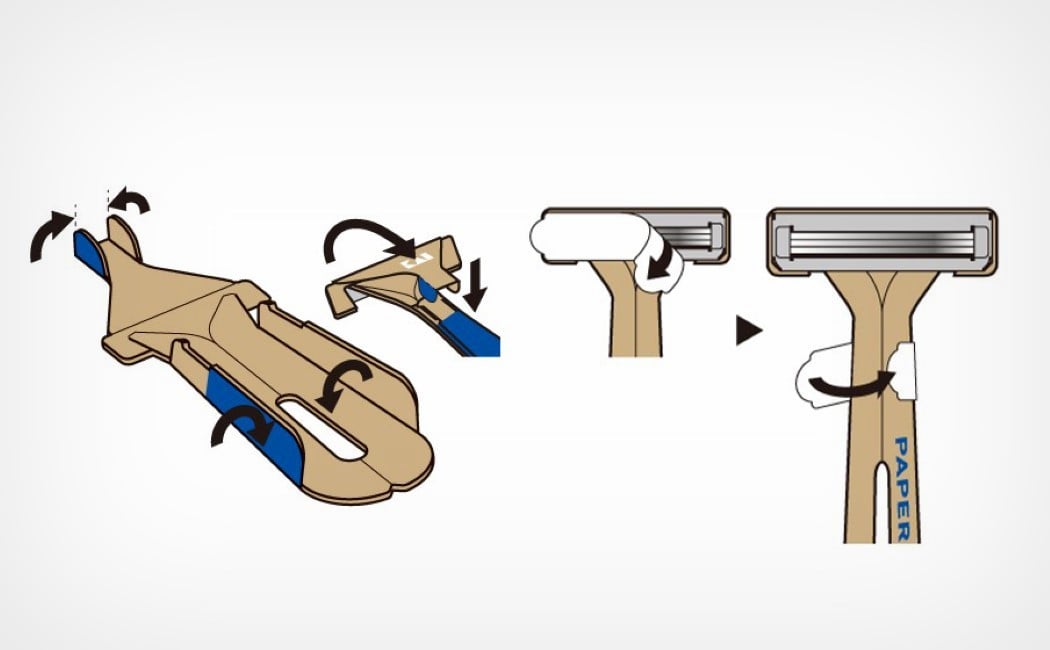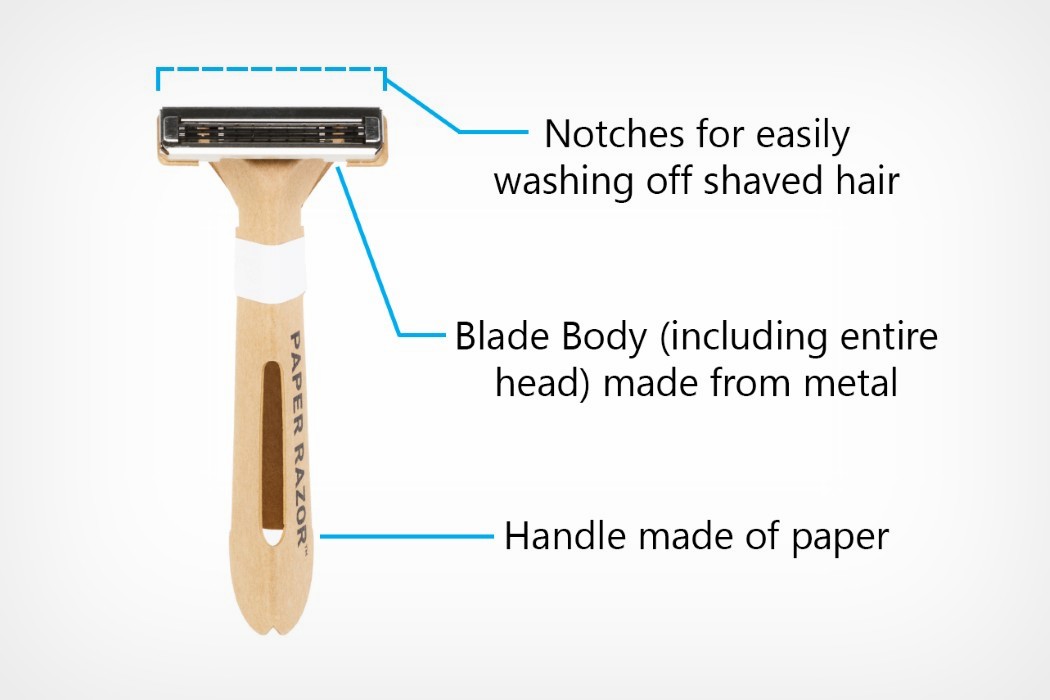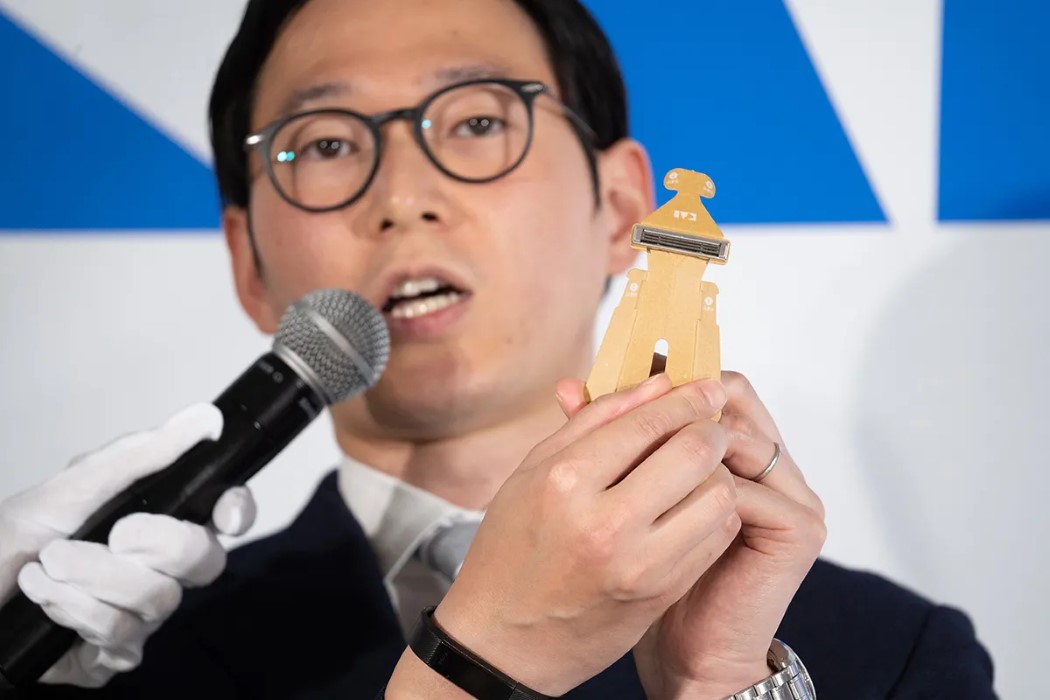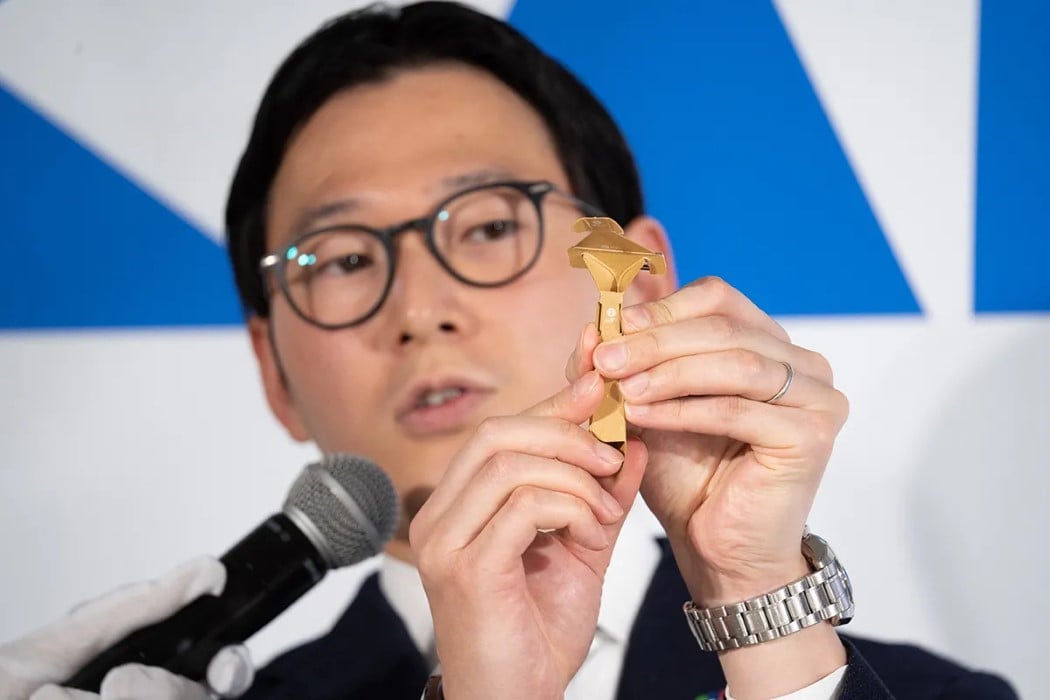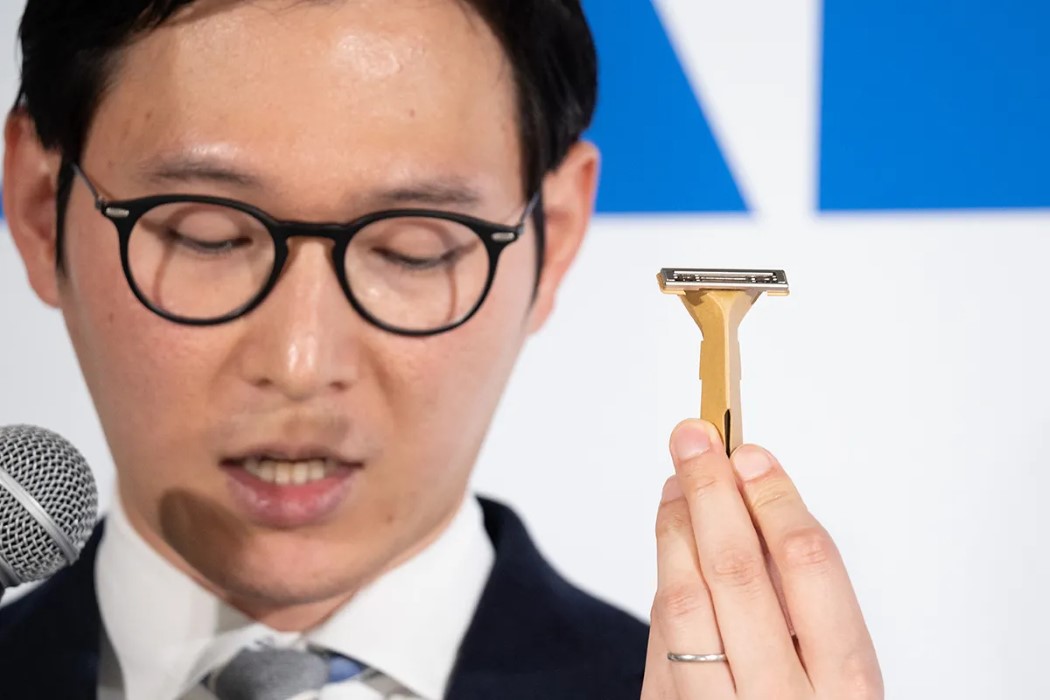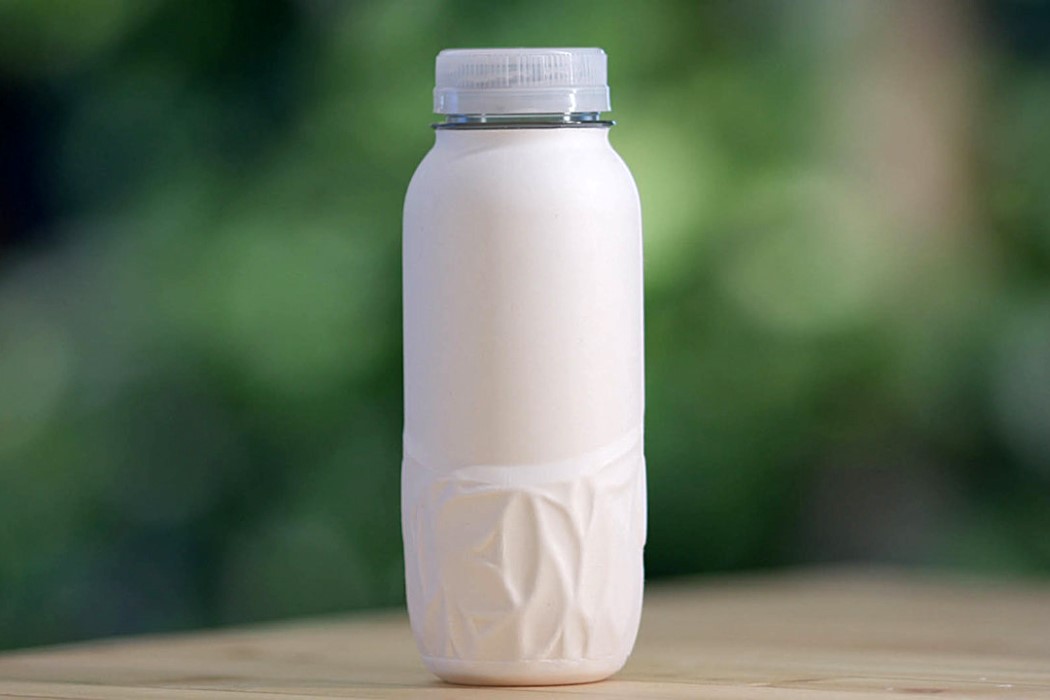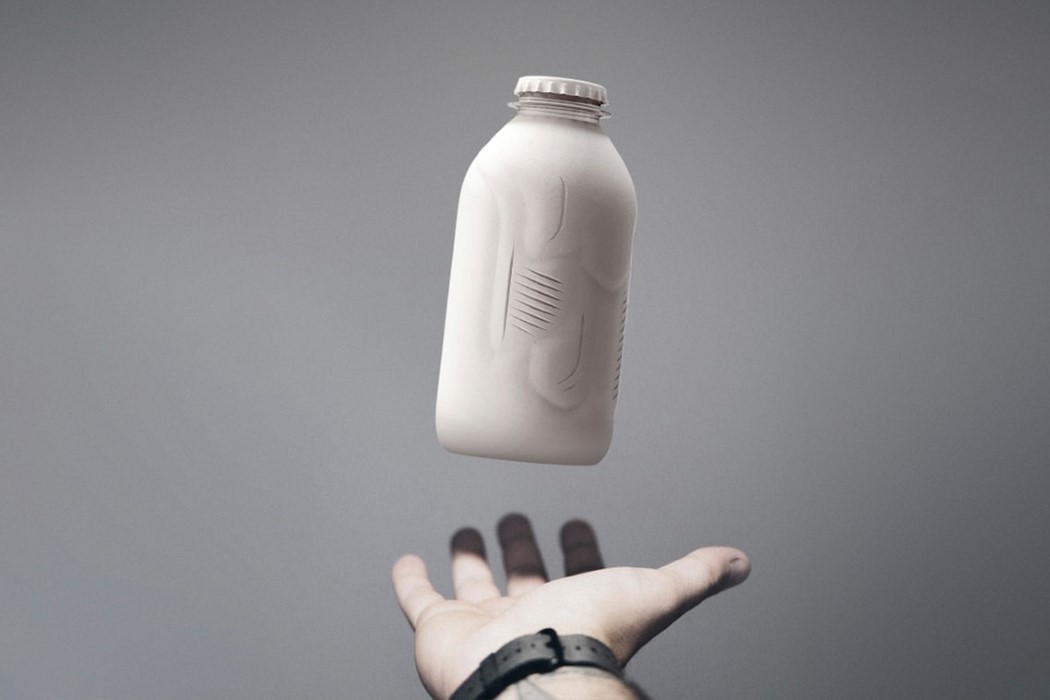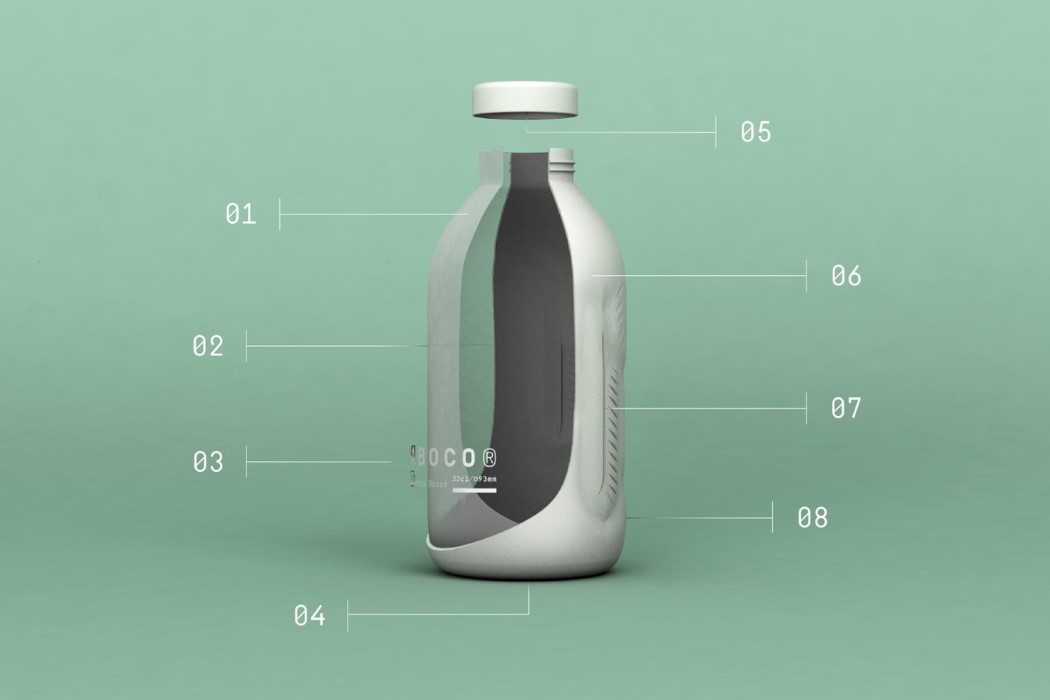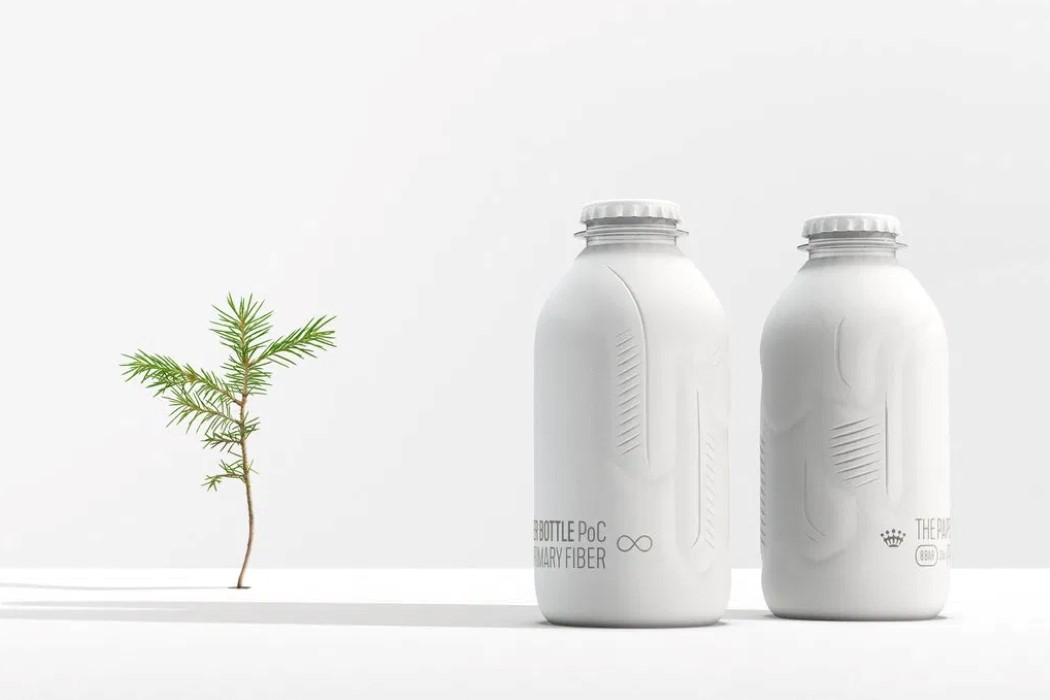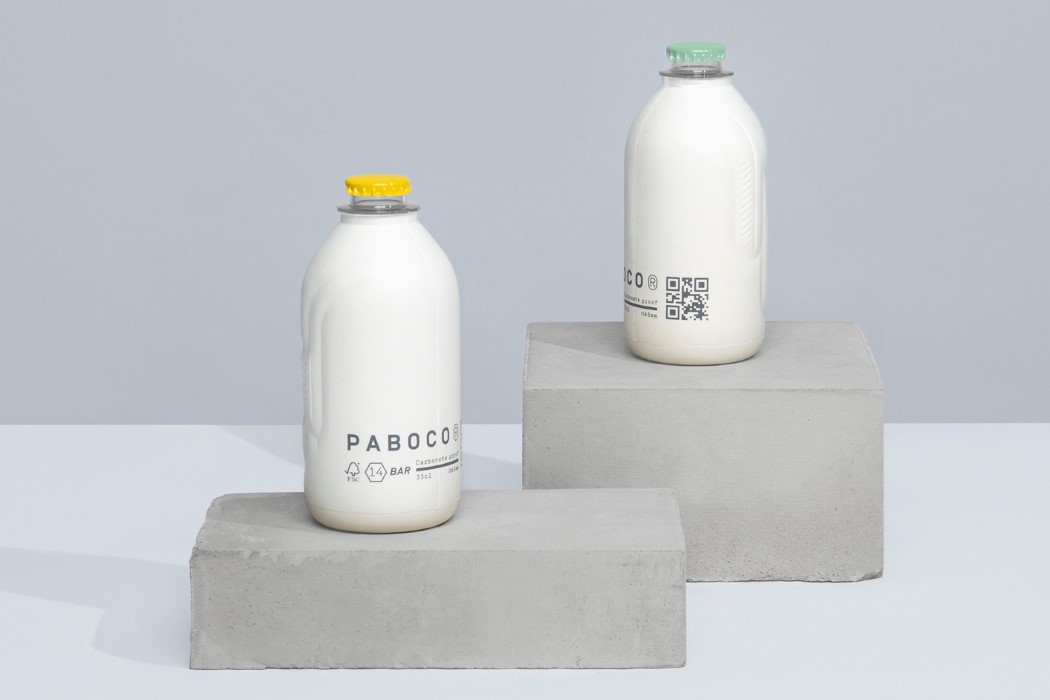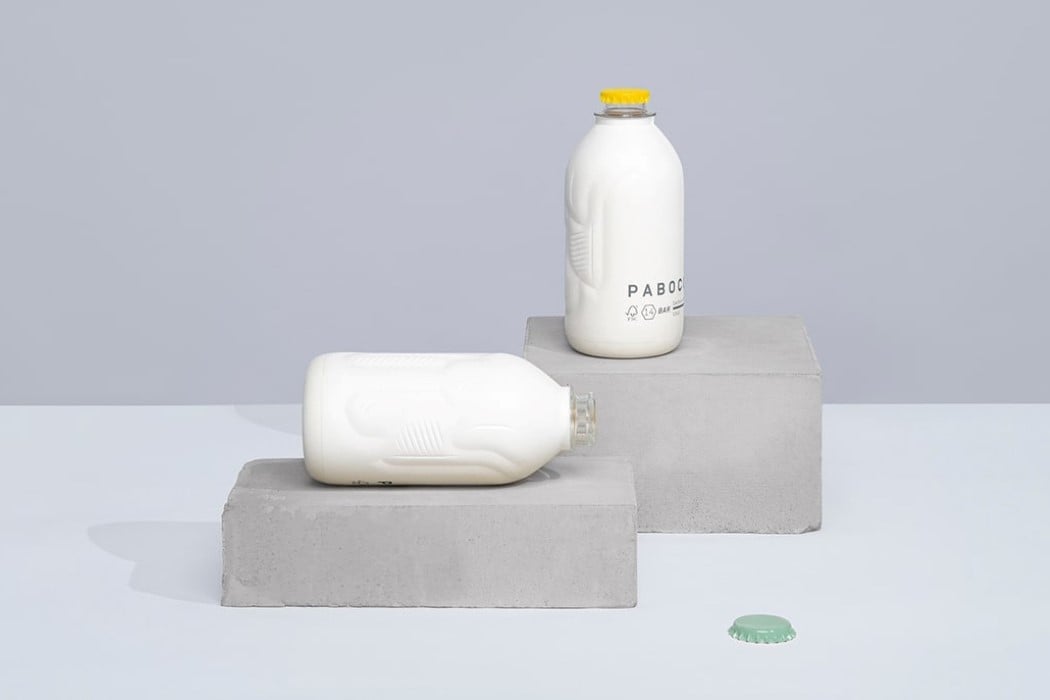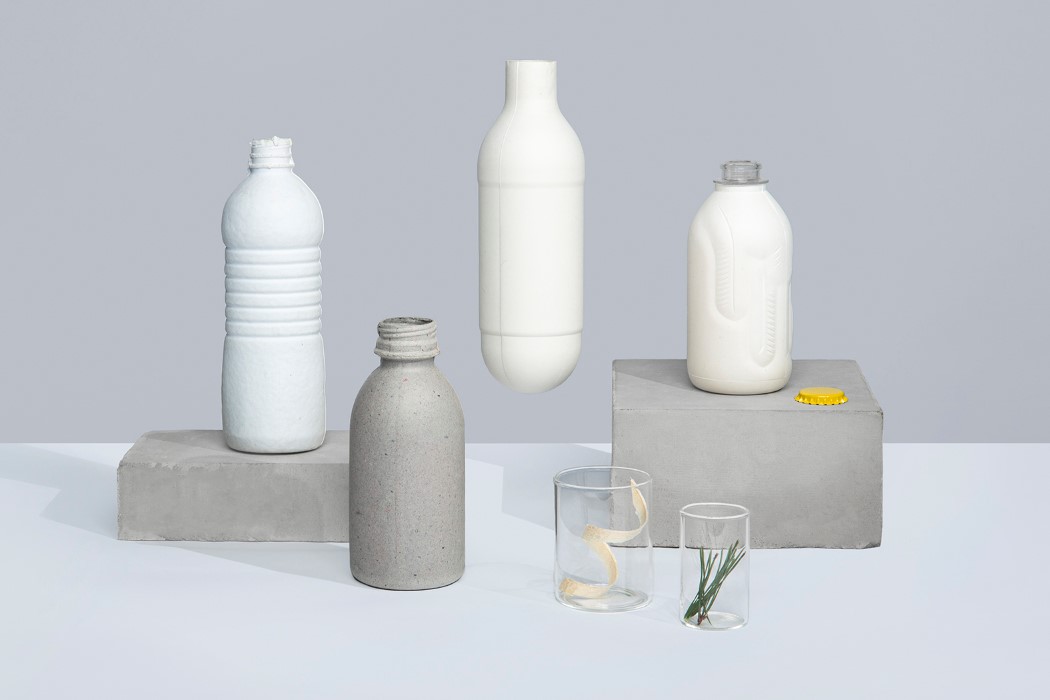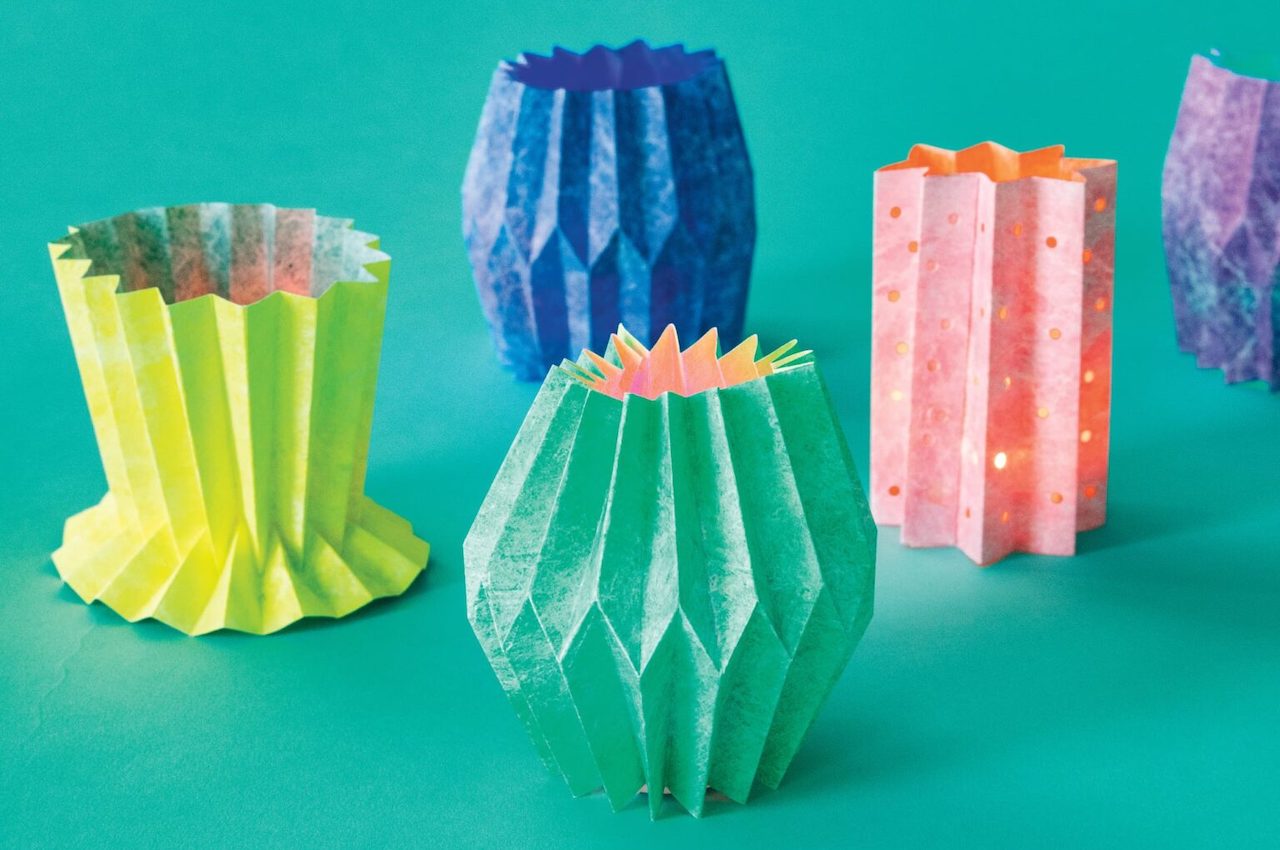
Paper art can be more appealing especially if done right. In a world where almost everything is transitioning to digital and electronic media, paper may be considered obsolete and that’s not what creatives don’t want to happen.
Paper creations are beautiful. Paper crafting is not yet a lost art but it’s a tradition that must be preserved. We’re not just talking about origami as there are other types of paper art like weaving, pop-up, and quilling. There are plenty of other inventive techniques not many people know but Helen Hiebert has always been generous in sharing her talent.
Designer: Helen Hiebert
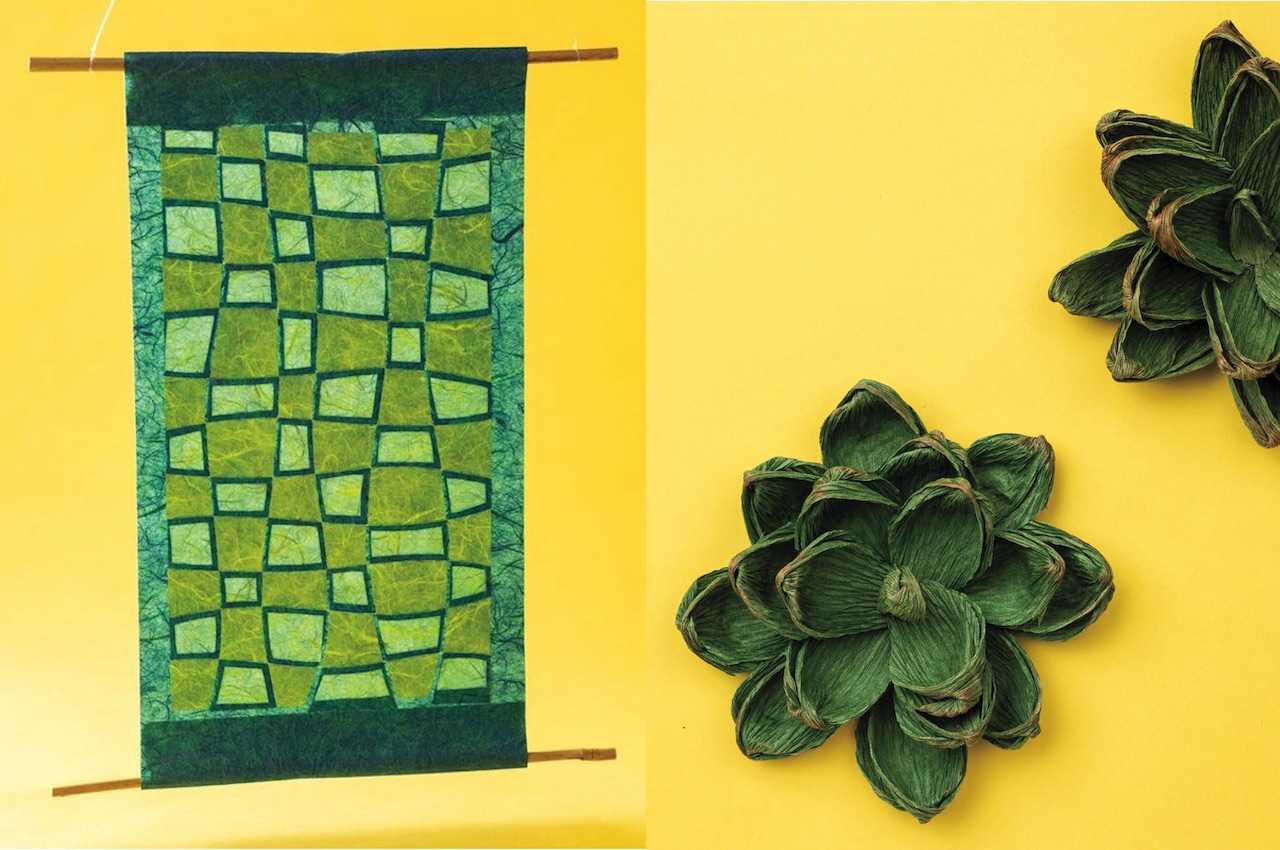
Hand papermaking is Helen’s passion. This love for paper art is being shared further in her upcoming book “The Art of Paper Craft” published by Storey Publishing. Helen has always believed in the versatility of paper as a material. She also believes there are numerous and diverse ways to transform just one sheet of paper–from a flat form into a colorful masterpiece.
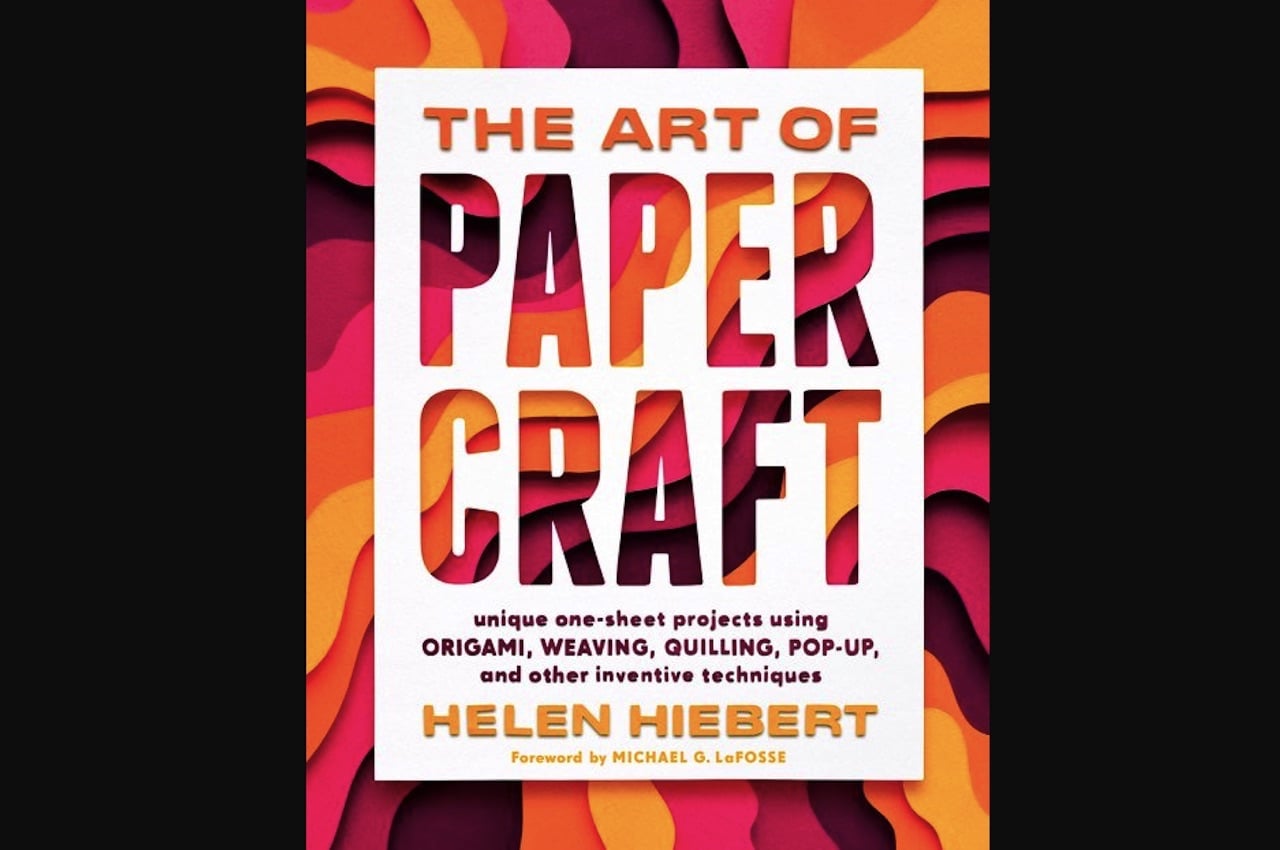
The book offers different ways to turn a single sheet of paper into a masterpiece. Different dimensional techniques will be presented whether origami, quilling, folding, weaving, pop-ups, or stretching. (Via Colossal)
There will be 41 unique projects you can try working on. Helen teamed up with other artists from different parts of the globe to show off different techniques and designs. Special projects include pop-up cards, votive lights, envelopes, folded paper gift boxes, and woven paper wall hangings among others.
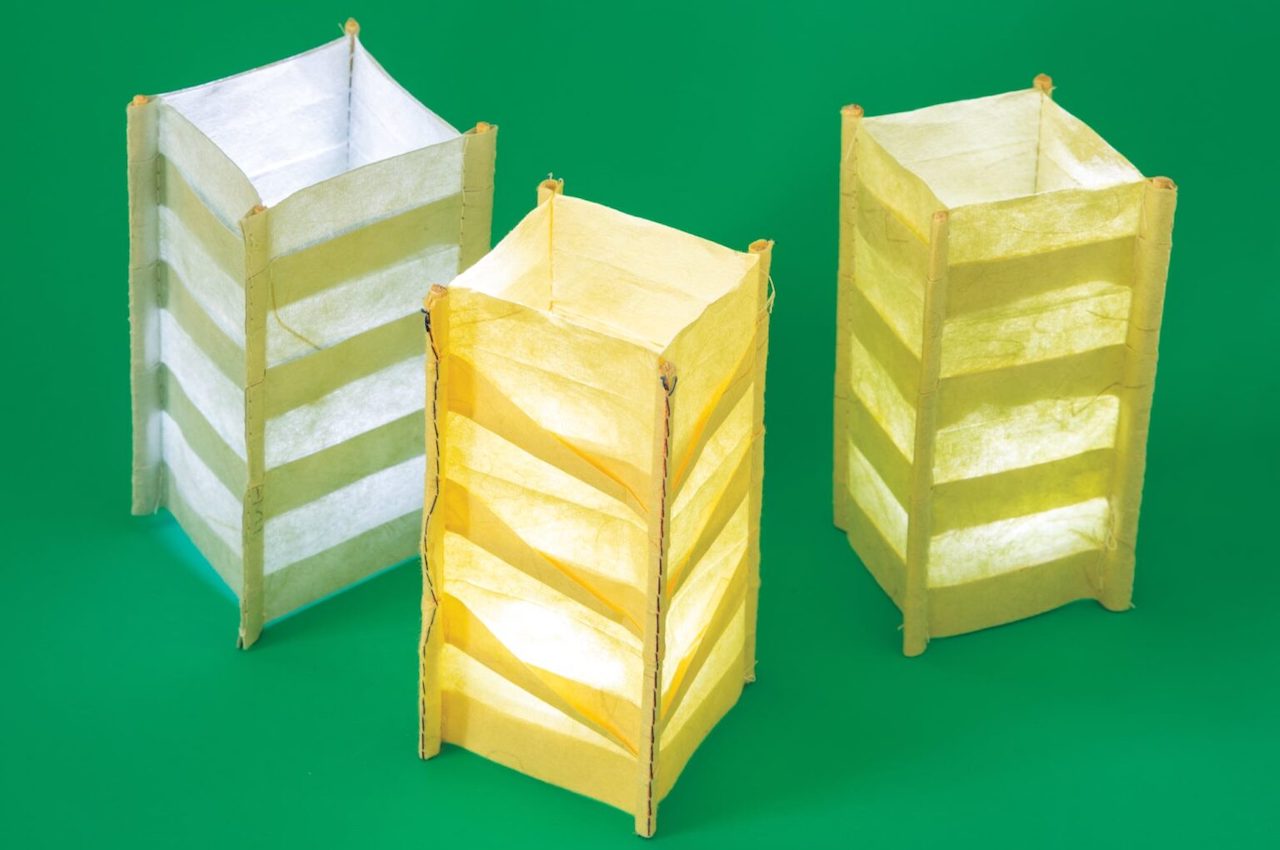
Crafters, designers, and artists will love this book for it presents new papermaking techniques developed by other people. You will definitely be challenged and learn new things you haven’t known or tried before. In this book, the creative author further proves there is more to paper art than just folding, cutting, or crumpling.
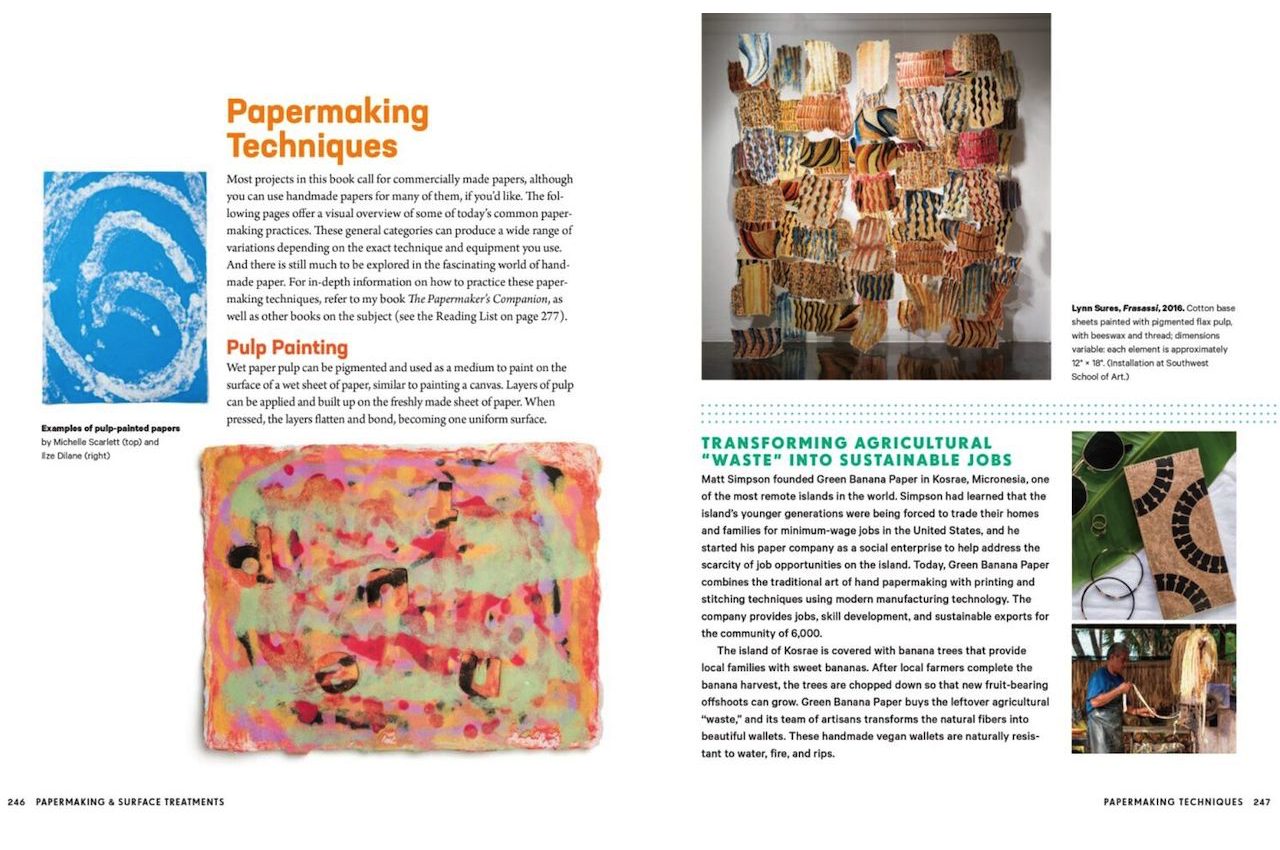
Helen Hiebert’s various experiences make her a worthy artist to follow. She’s been known for paper as her primary medium. She has done notable installations, sculptures, movies, and artists’ works and books with paper. She was once featured on Sesame Street, offering Papermaking Class to the children.

She’s an author who shares her knowledge via how-to books like the upcoming “The Art of Paper Craft”. She’s also a teacher doing papermaking masterclasses and retreats in her Red Cliff, Colorado studio held in September of each year.
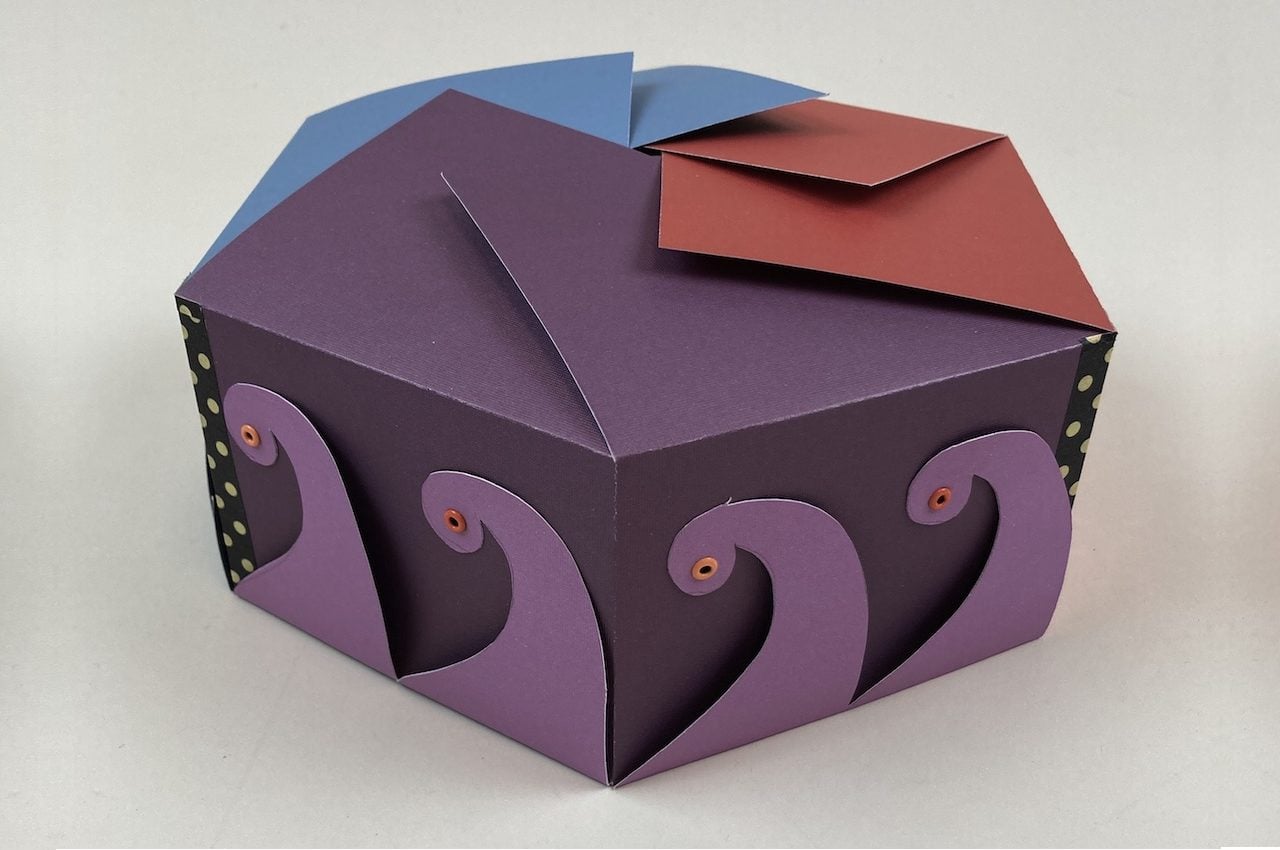
According to Hiebert, her imagination is sparked every time she discovers new paper. She quickly sees new creations in her mind. It becomes a magical process as soon as she gets hold of paper and starts cutting, tearing, crumpling, or folding. She says paperwork is fun. It can also be inspirational as it teaches you to be patient and diligent in following in-depth instructions.
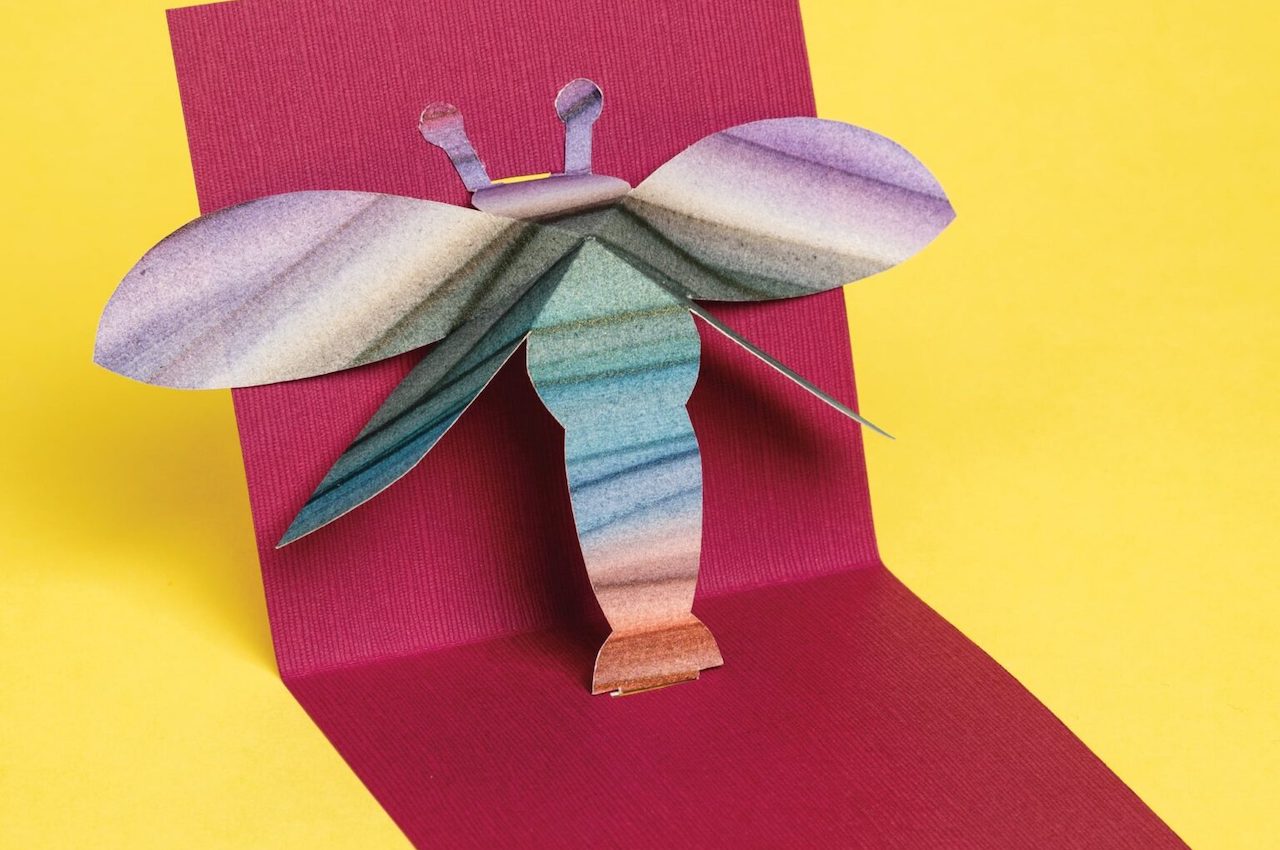
In her new book, Helen Hiebert will wow you once more with the different single sheet paper creations you can do on your own. The 320-page book contains dozens of projects that are a mix of easy ones to those with more advanced techniques. If you want to be challenged, you can try the projects and prove that it can be easy.
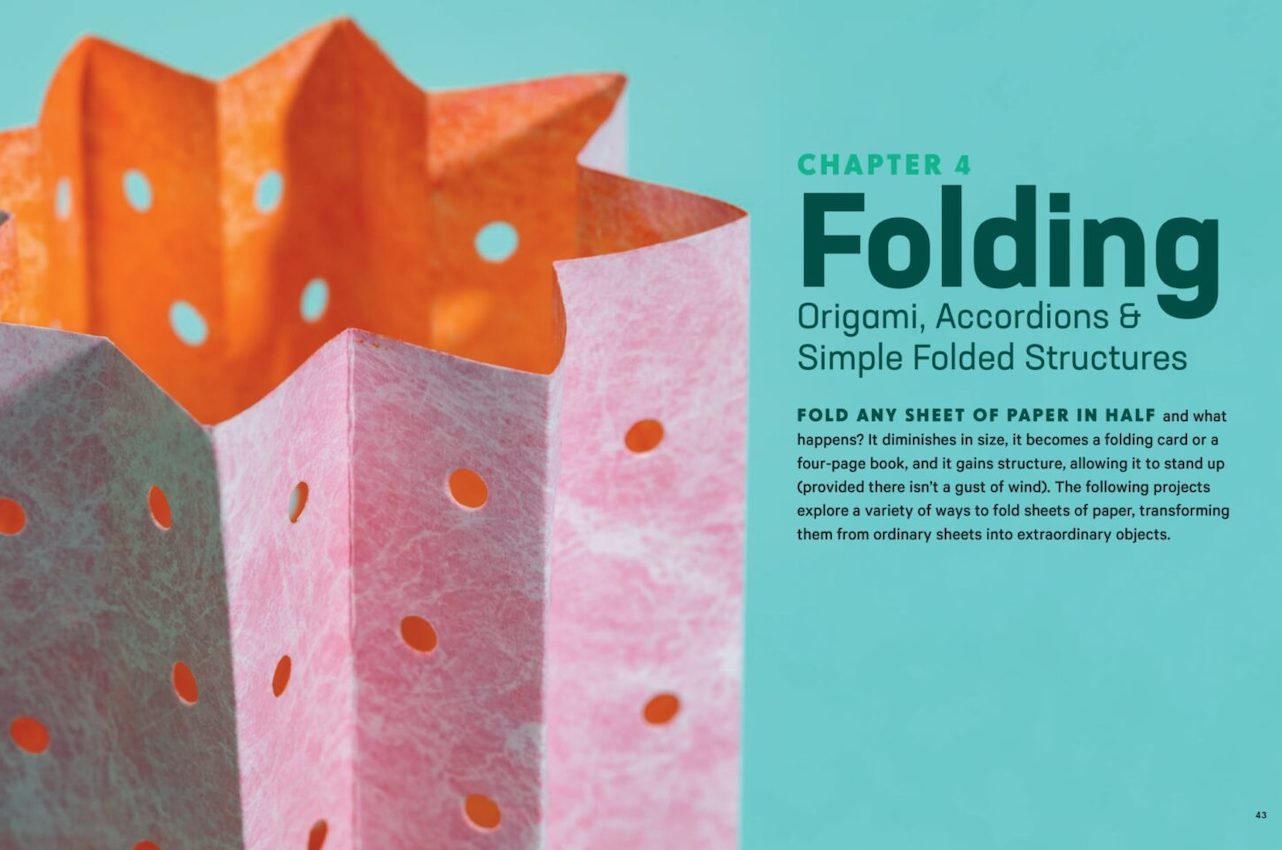
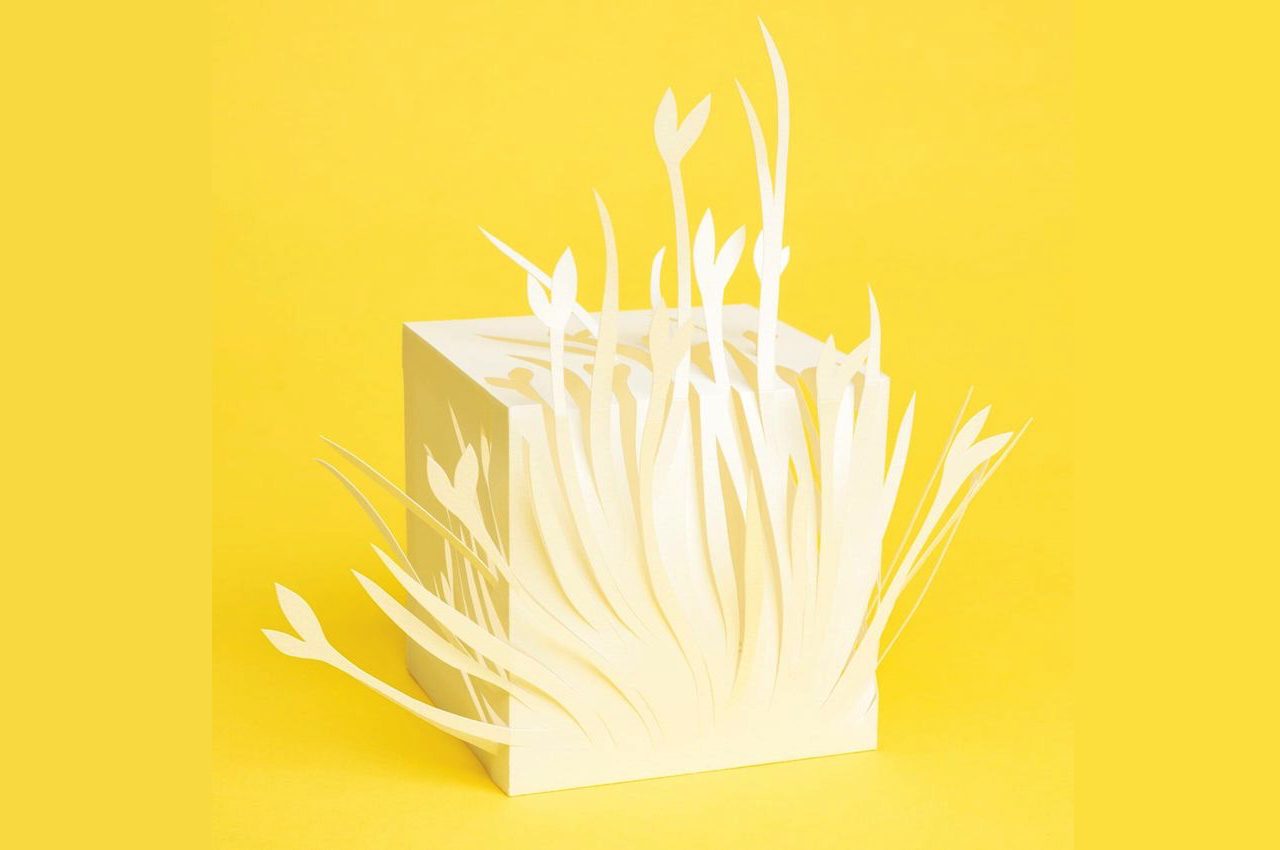
The post ‘The Art of Paper Craft’ book features one-sheet paper creations using different techniques first appeared on Yanko Design.
